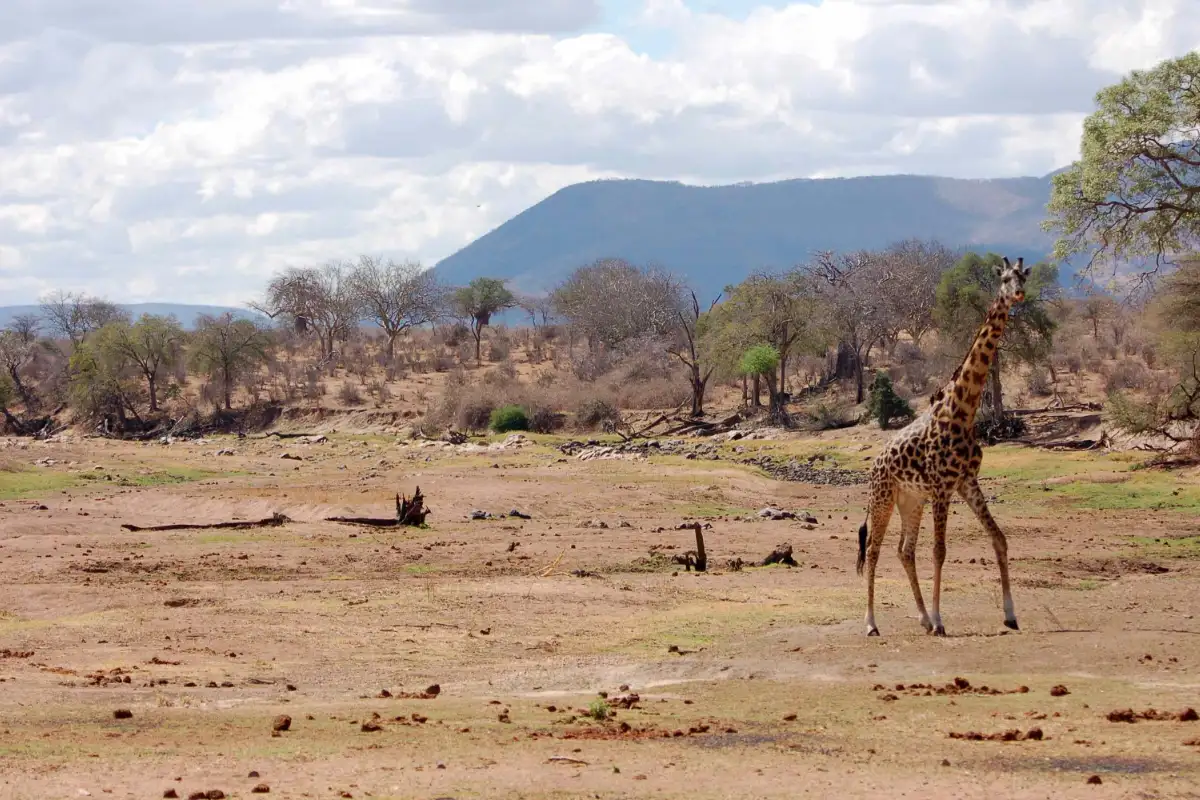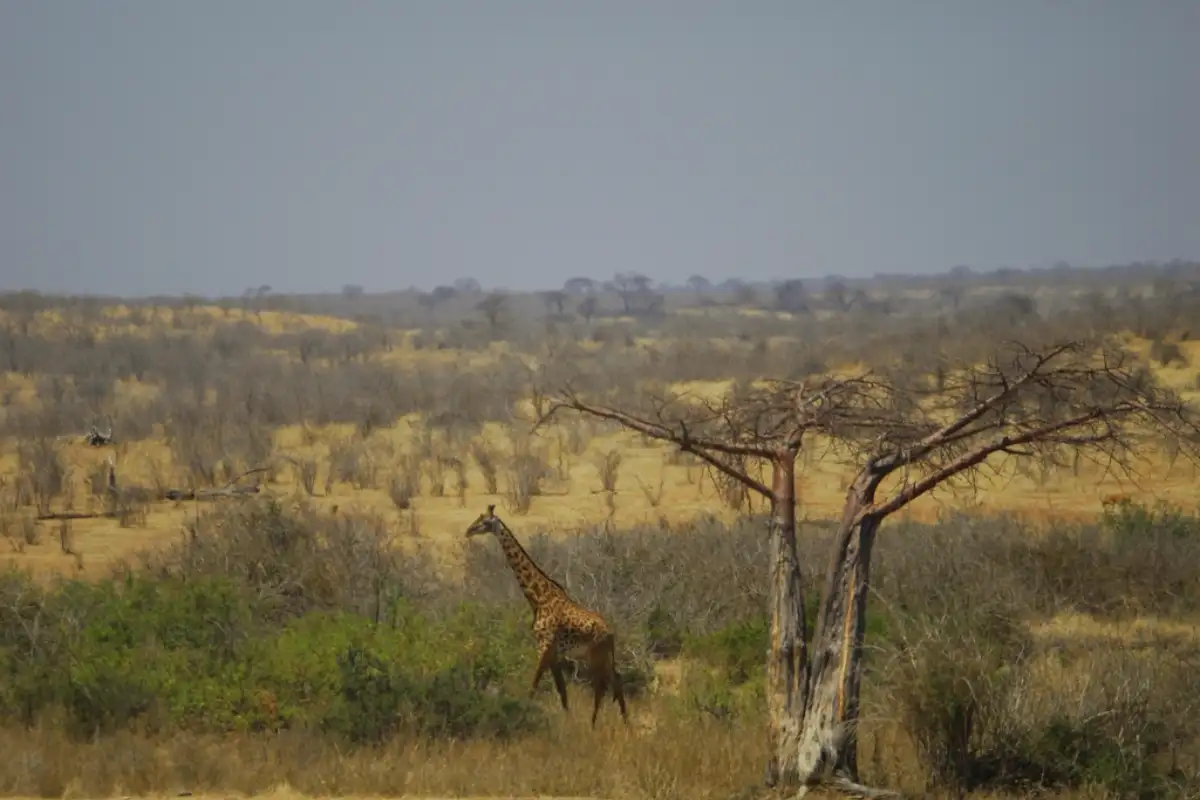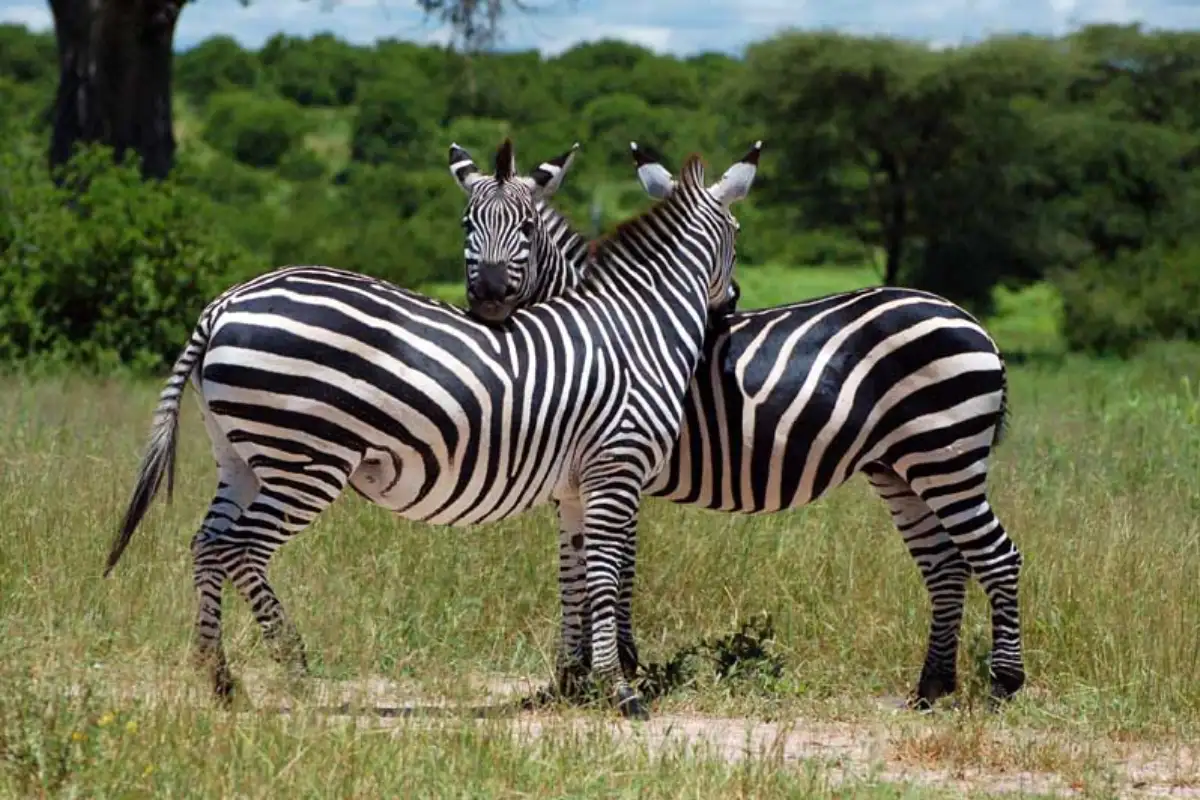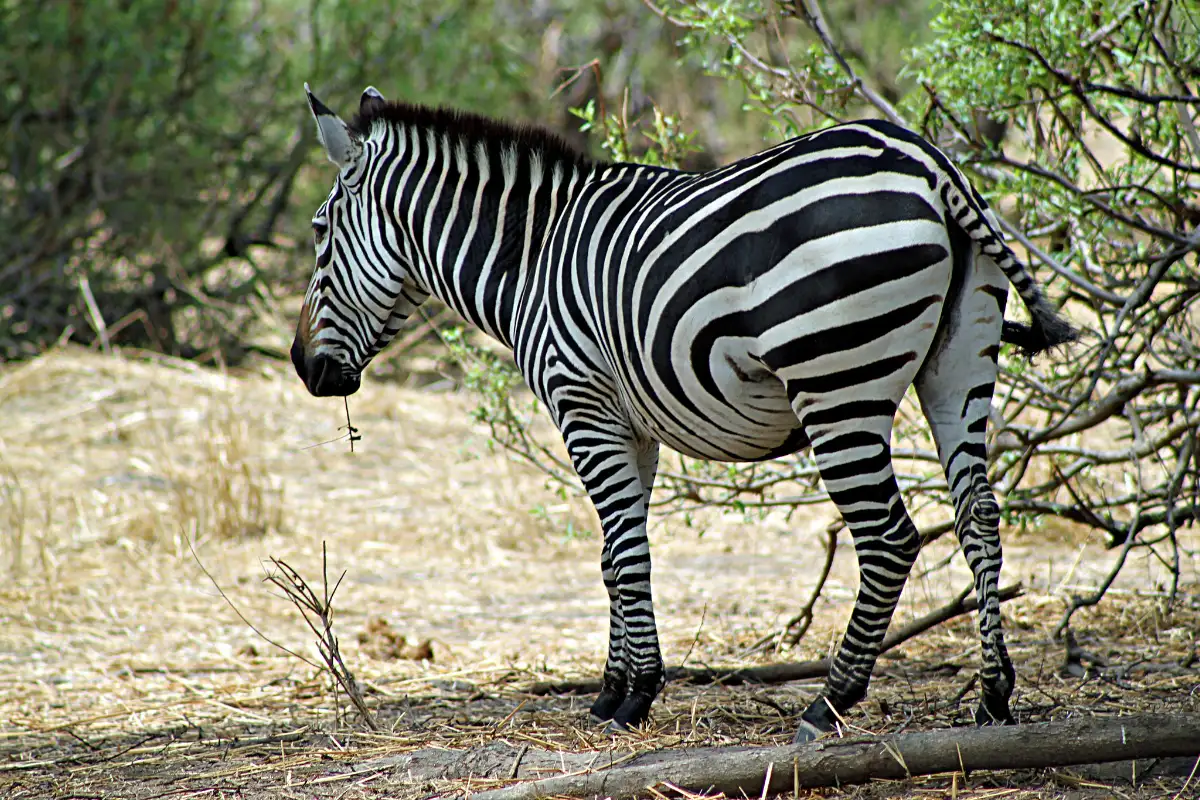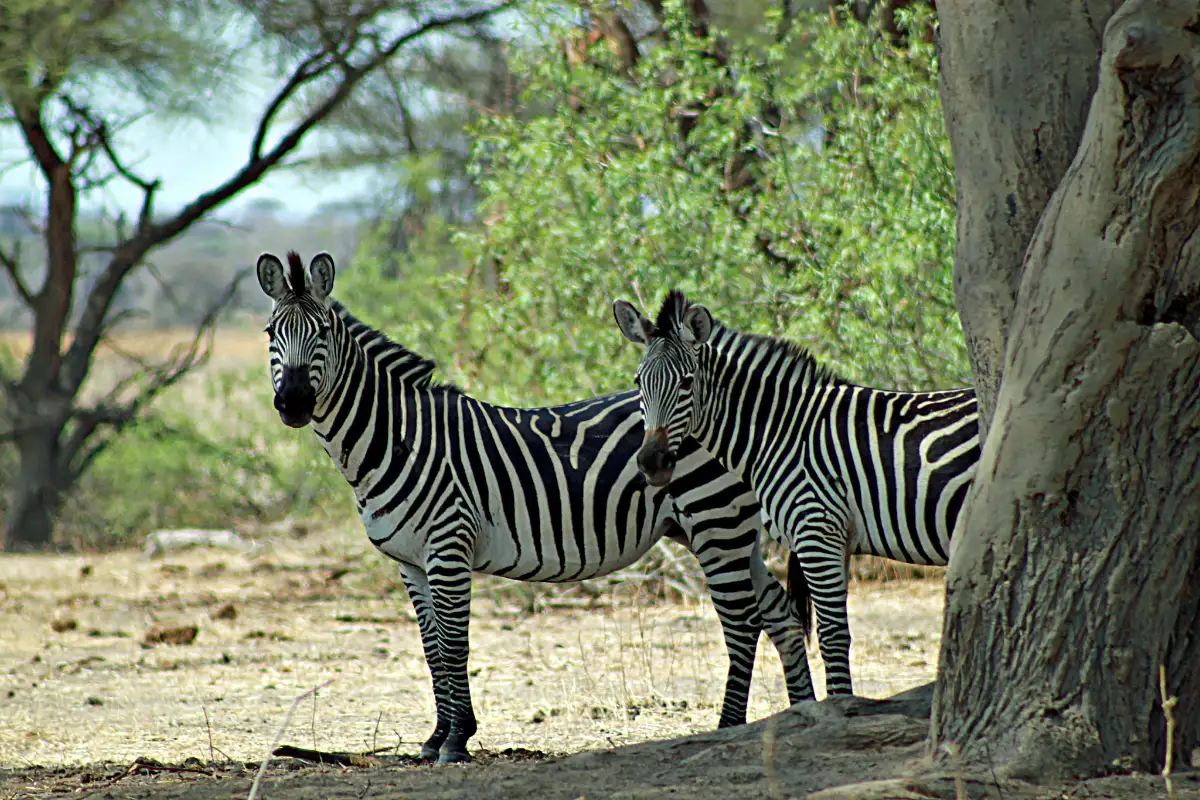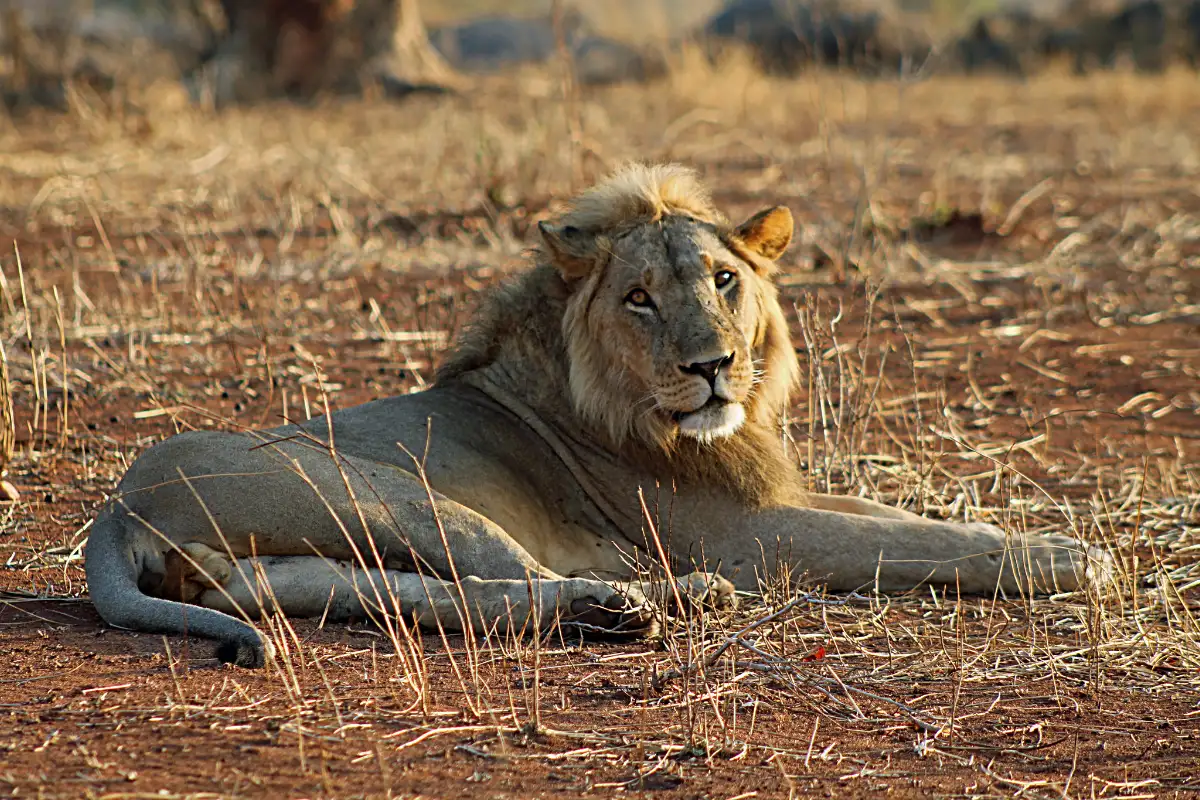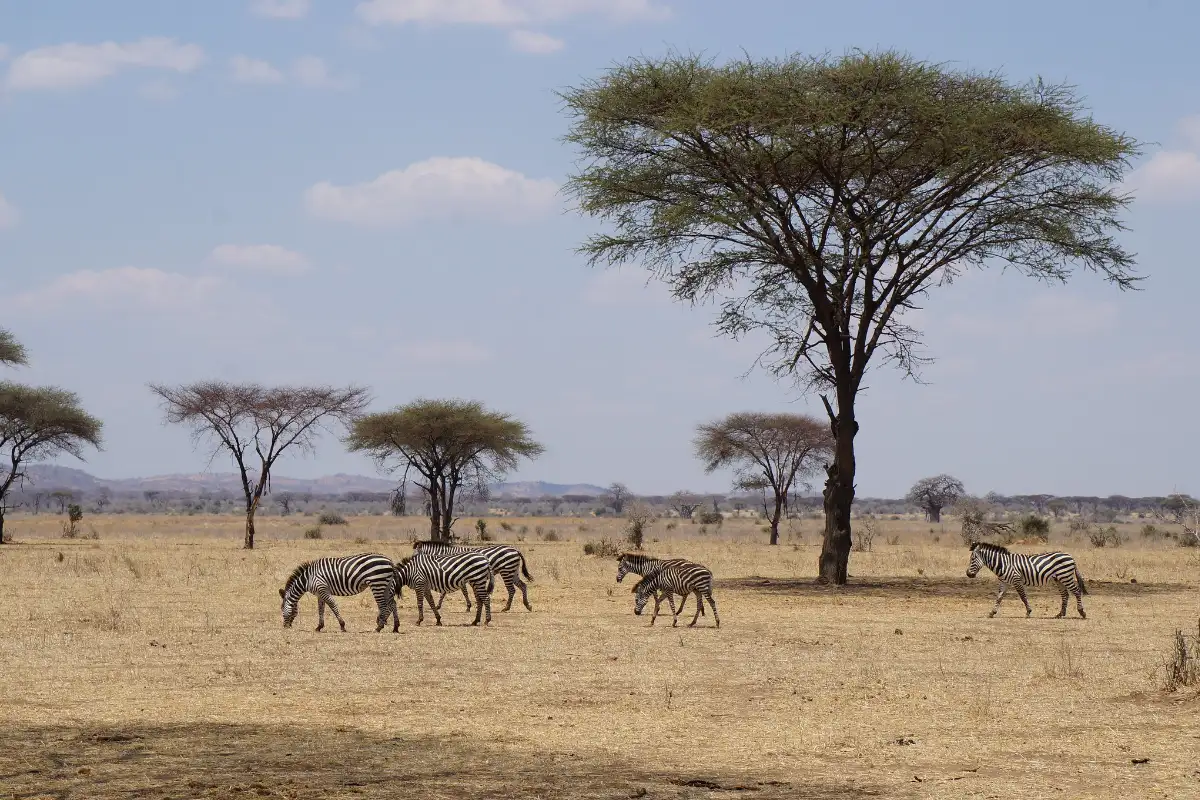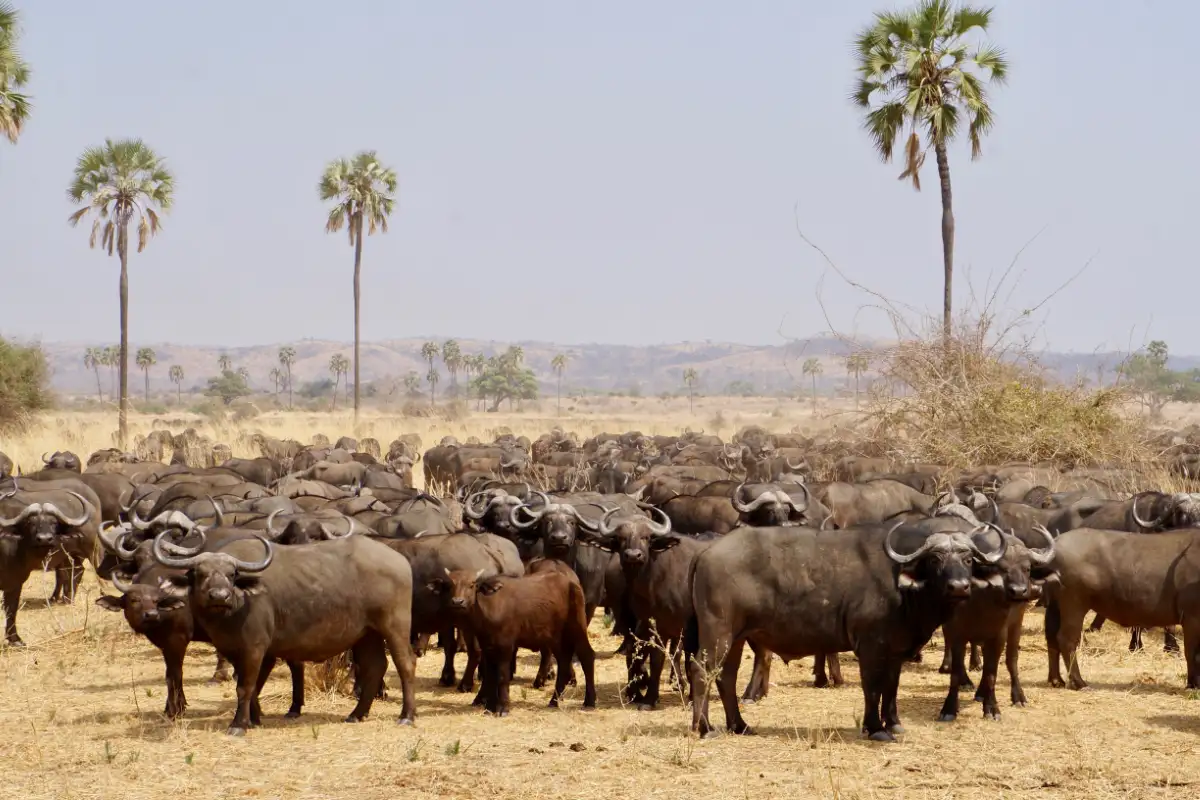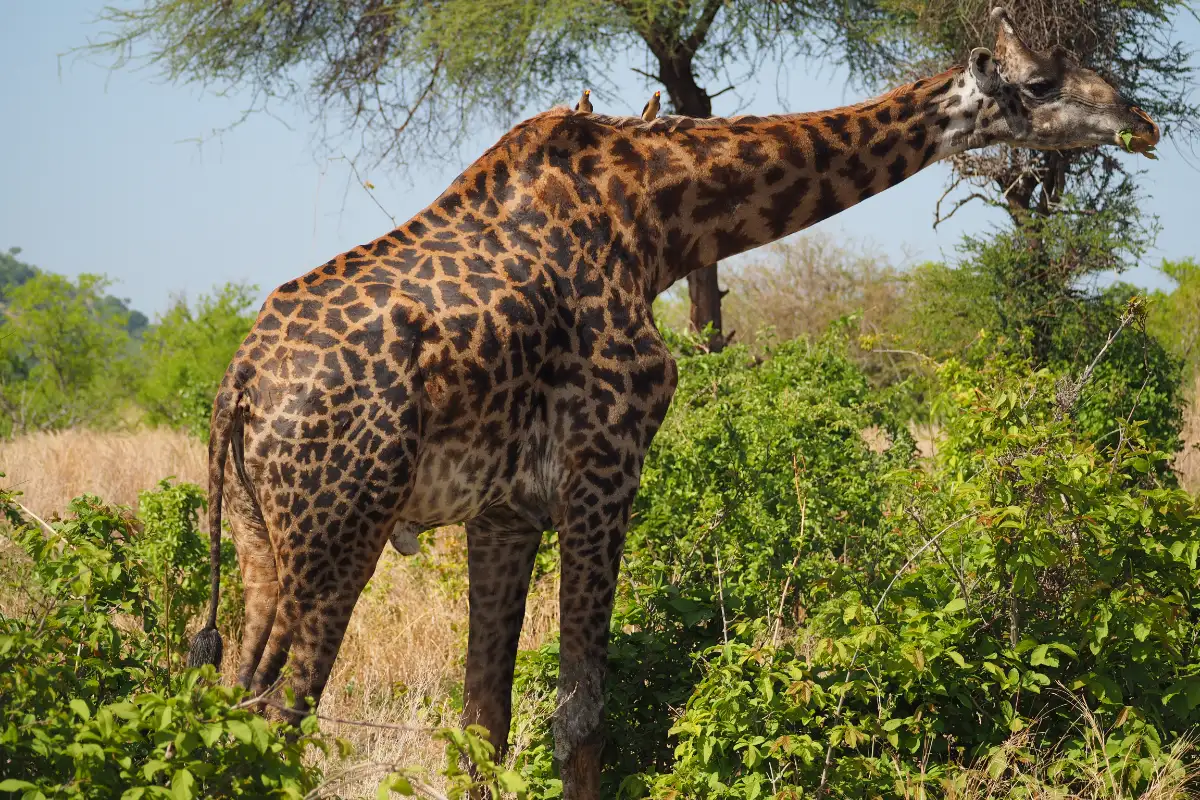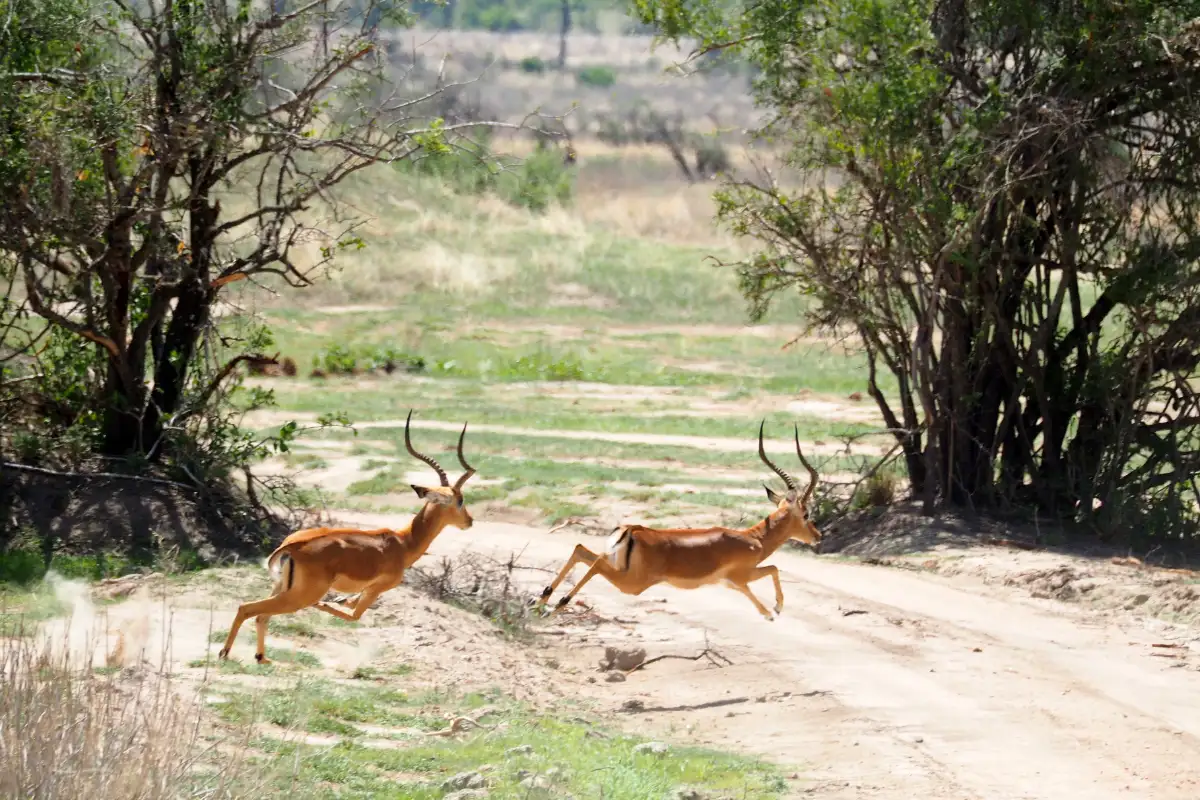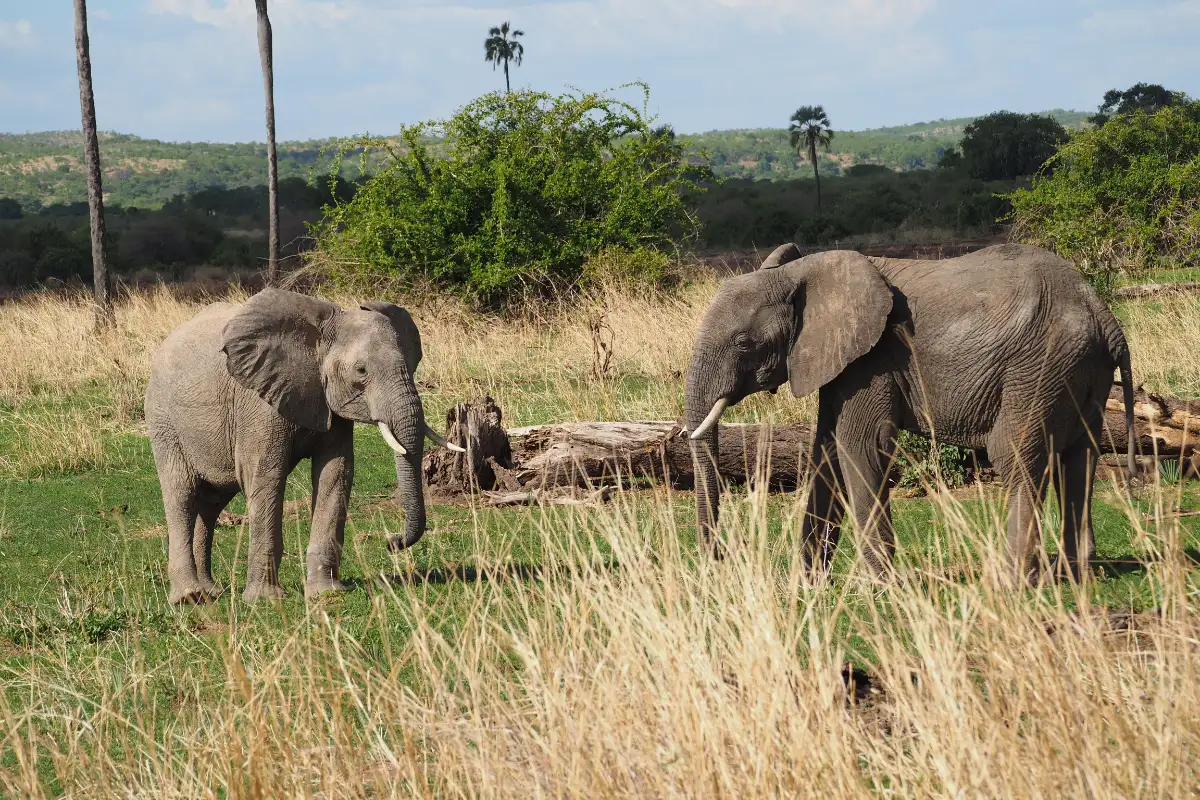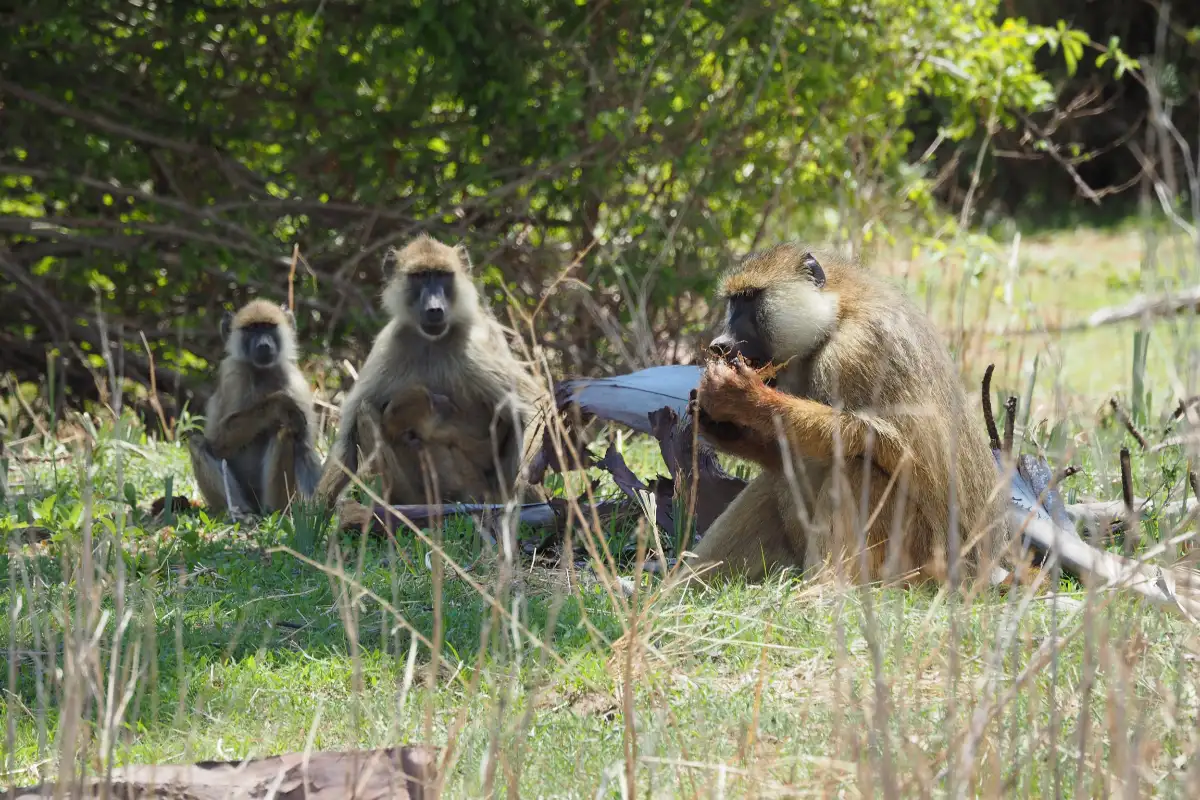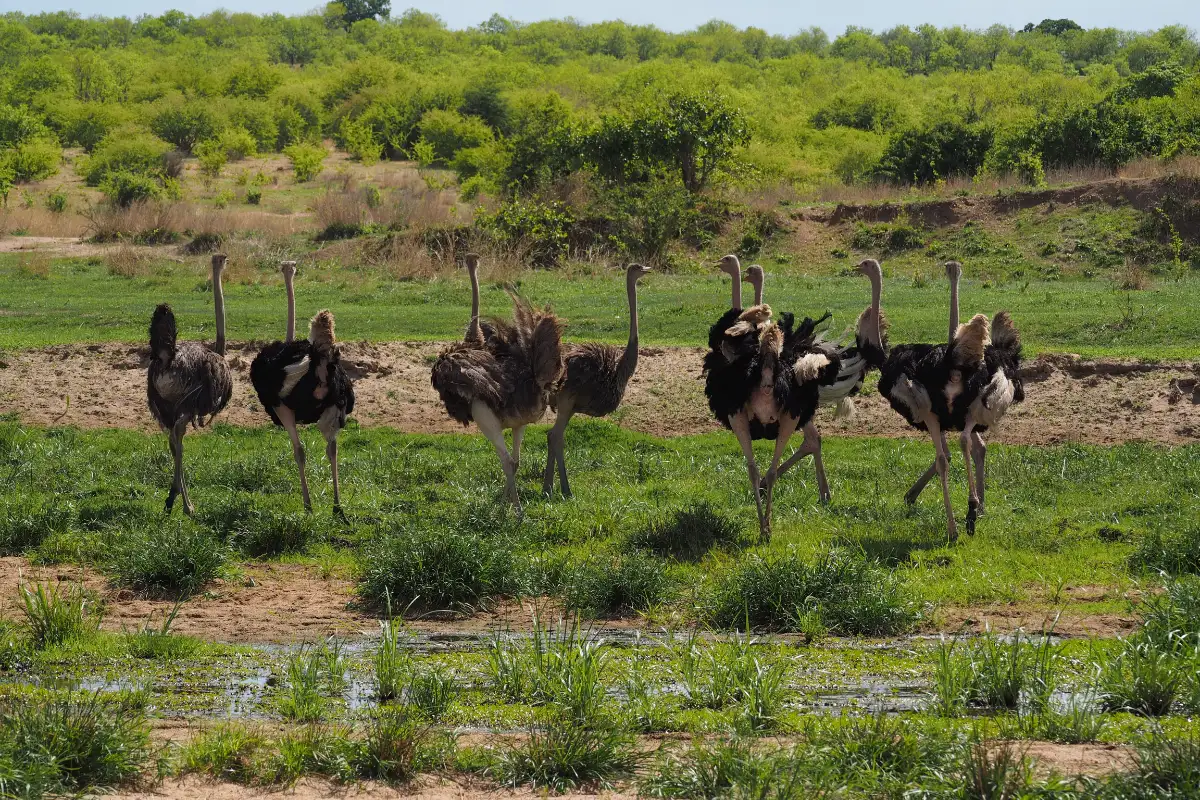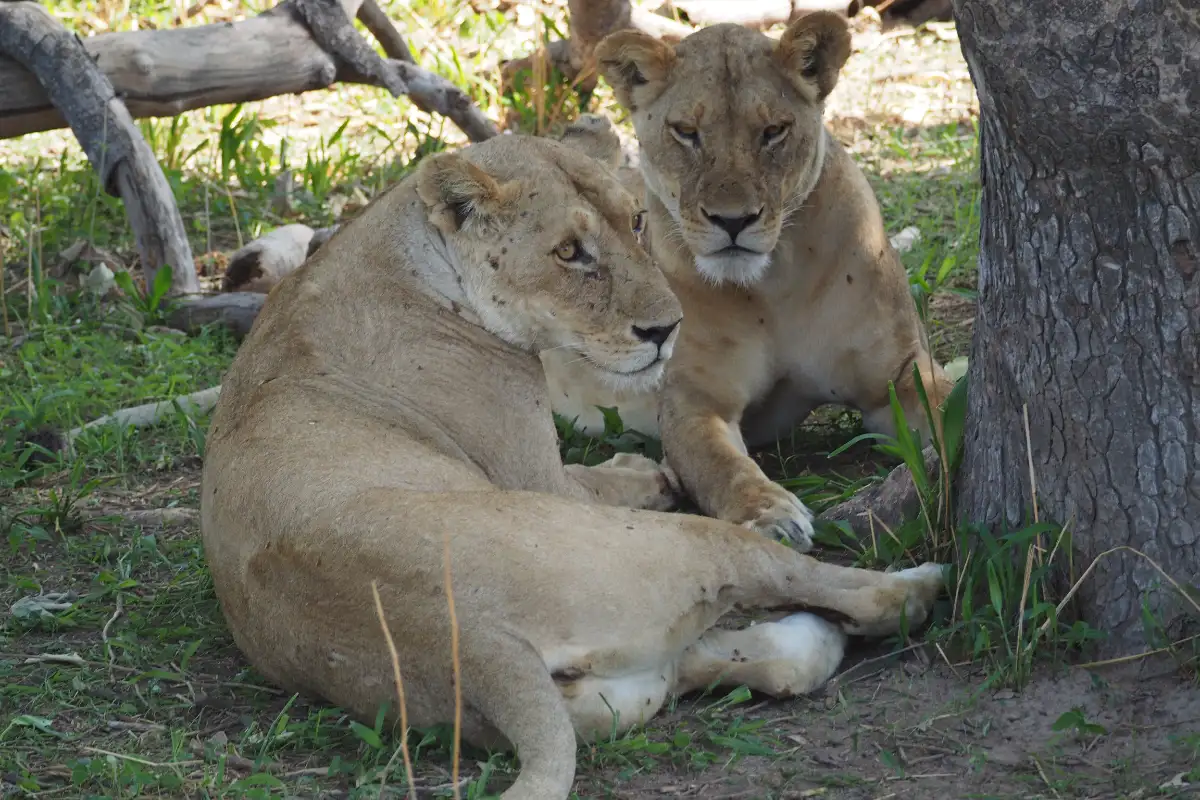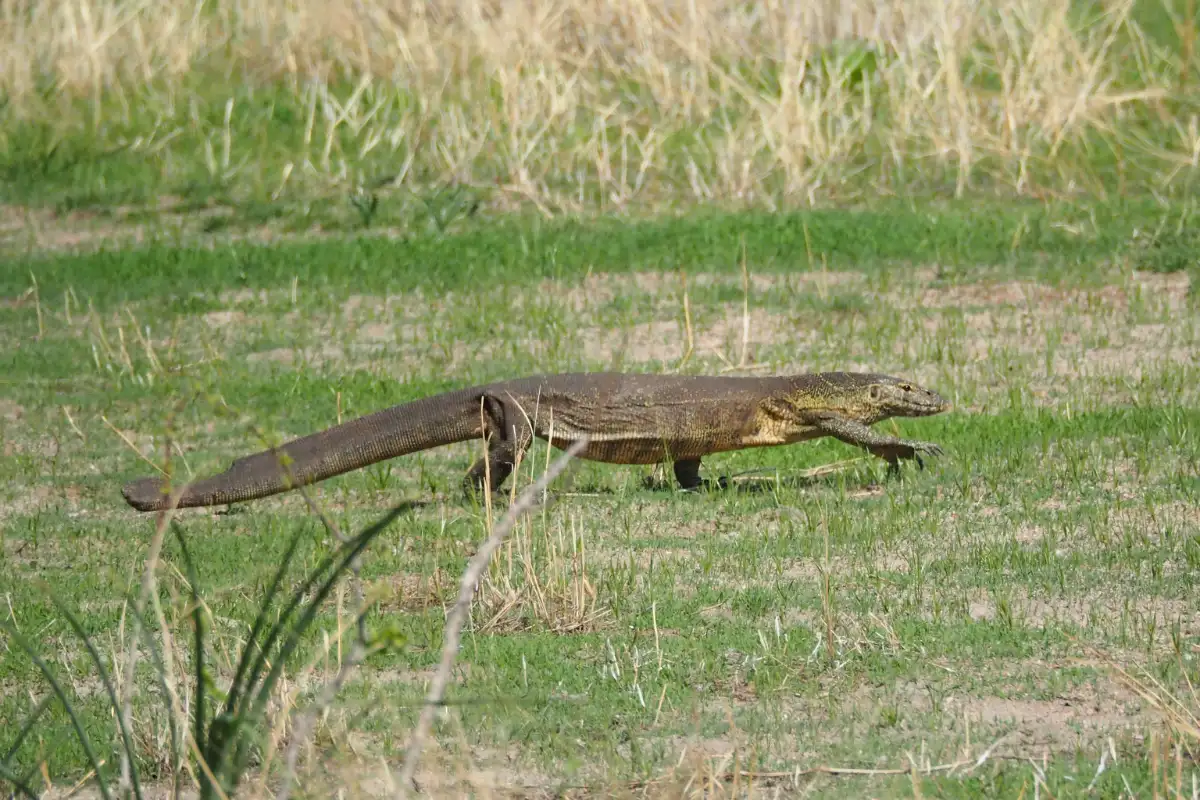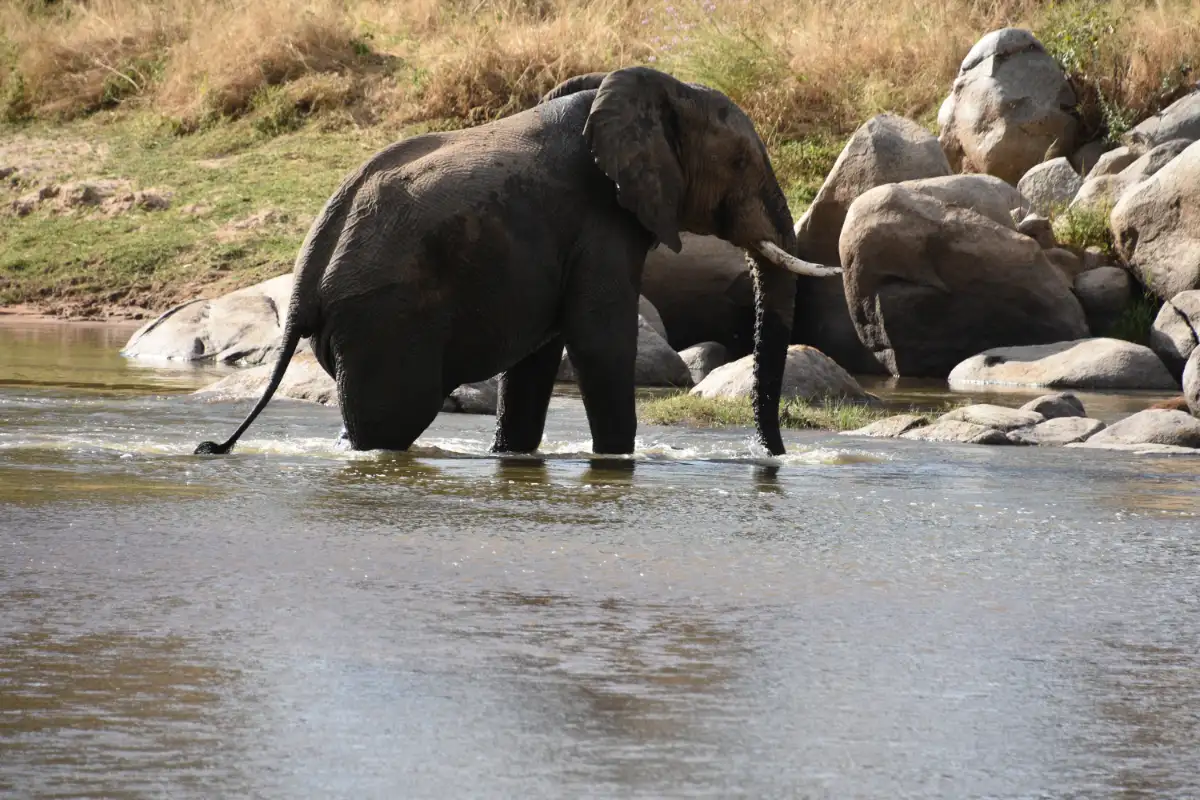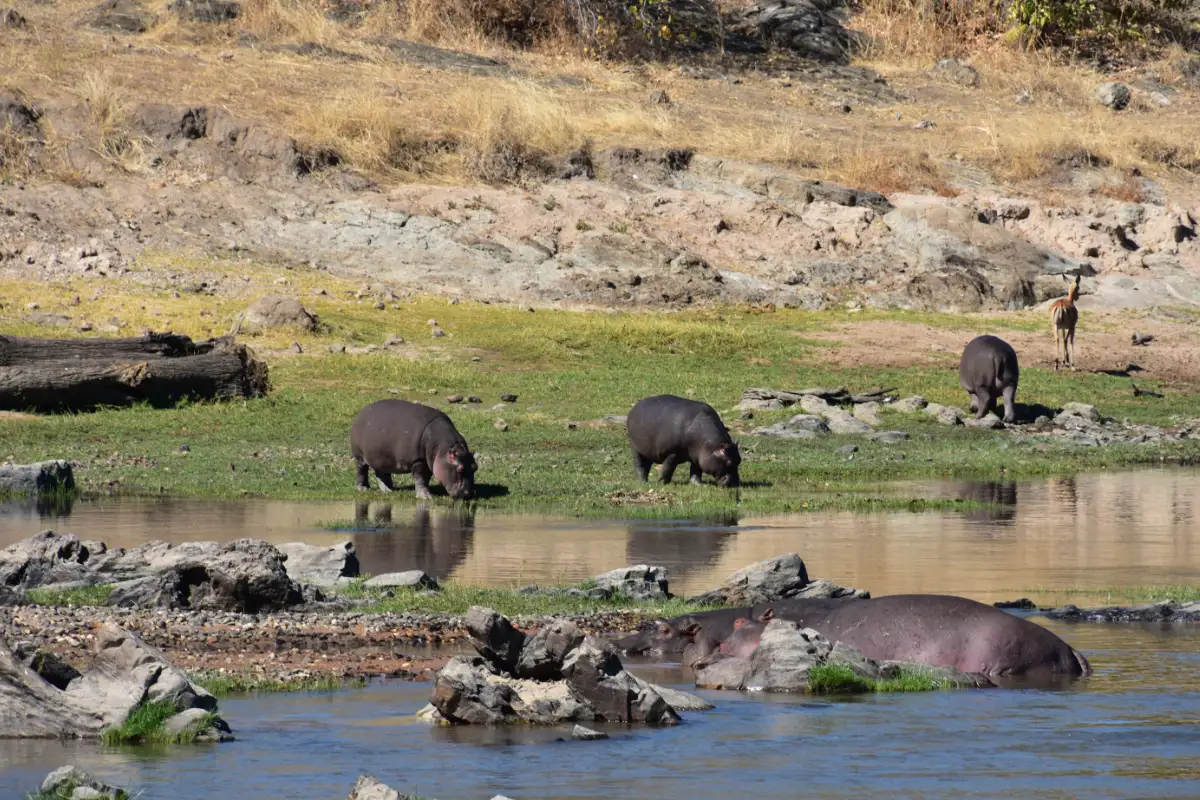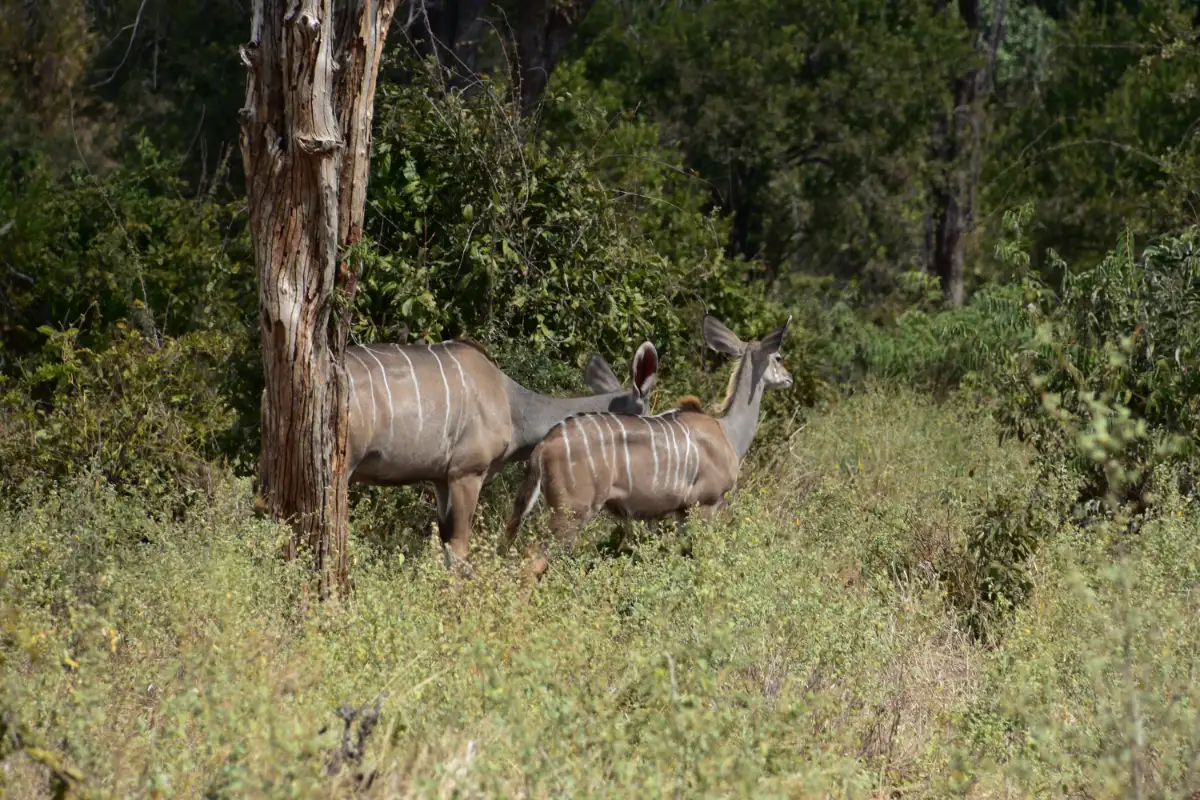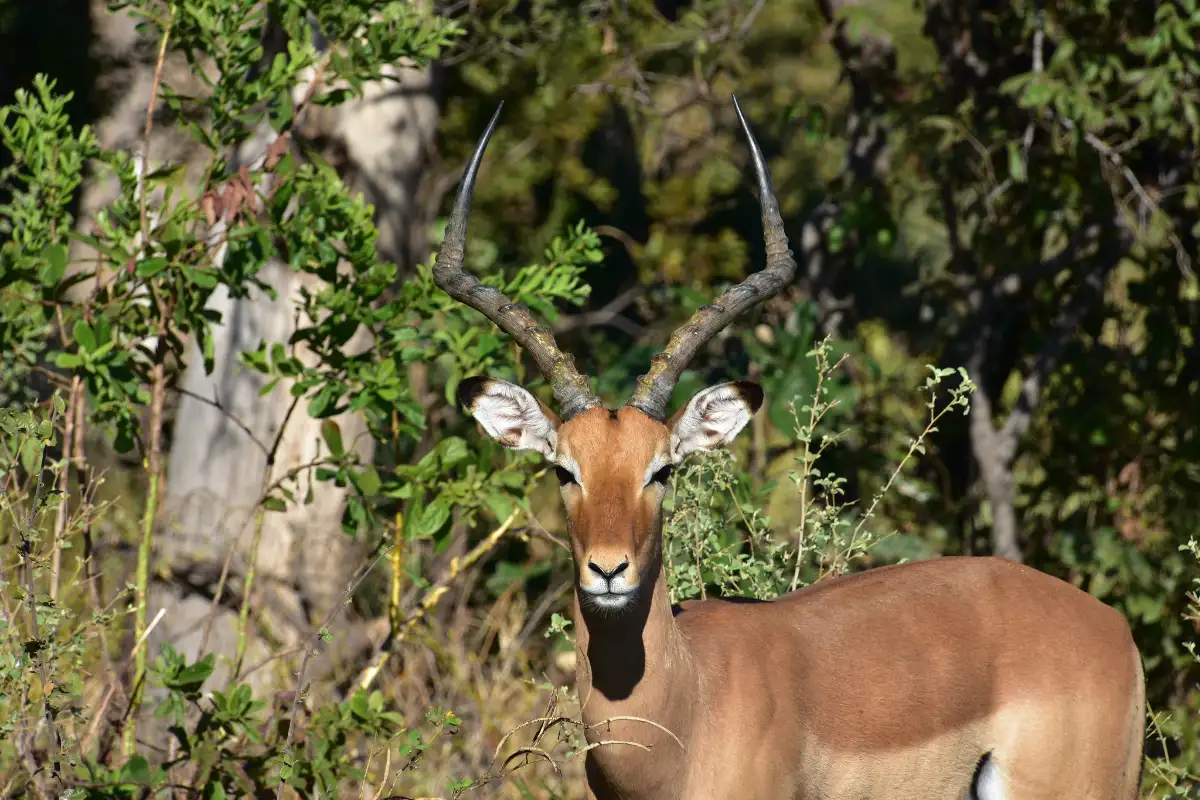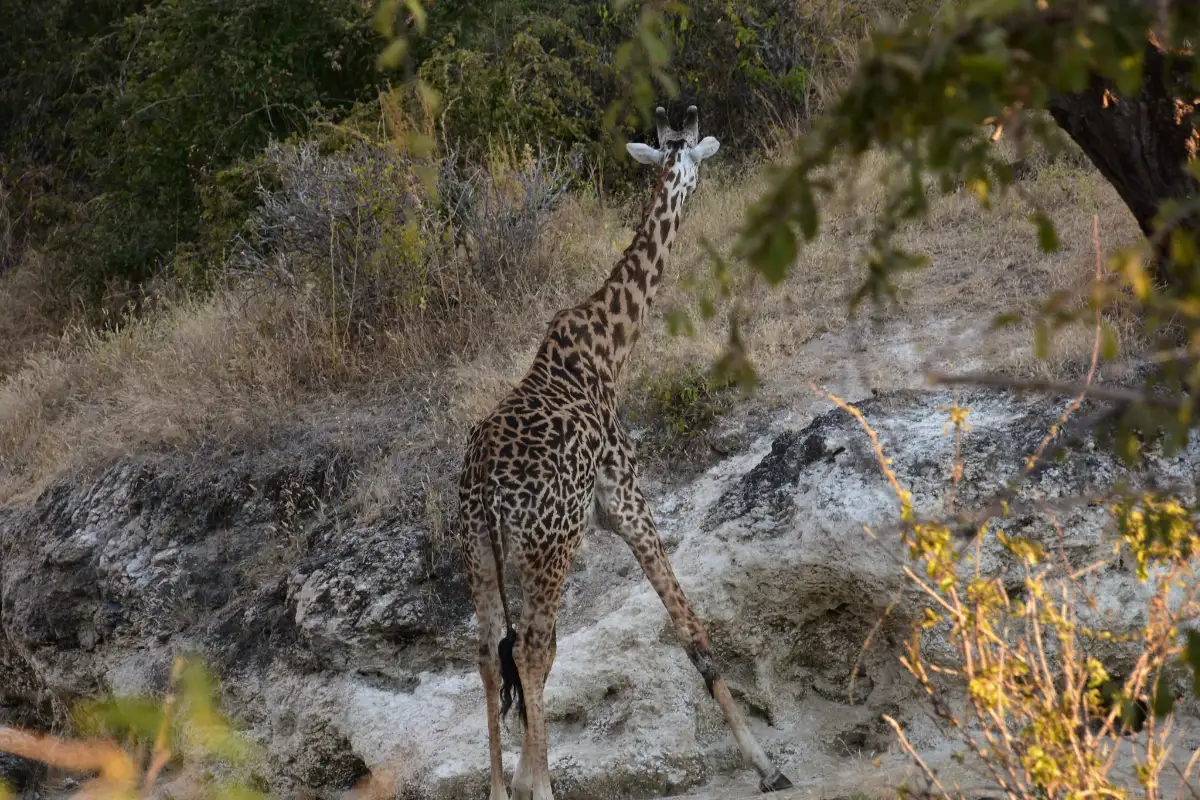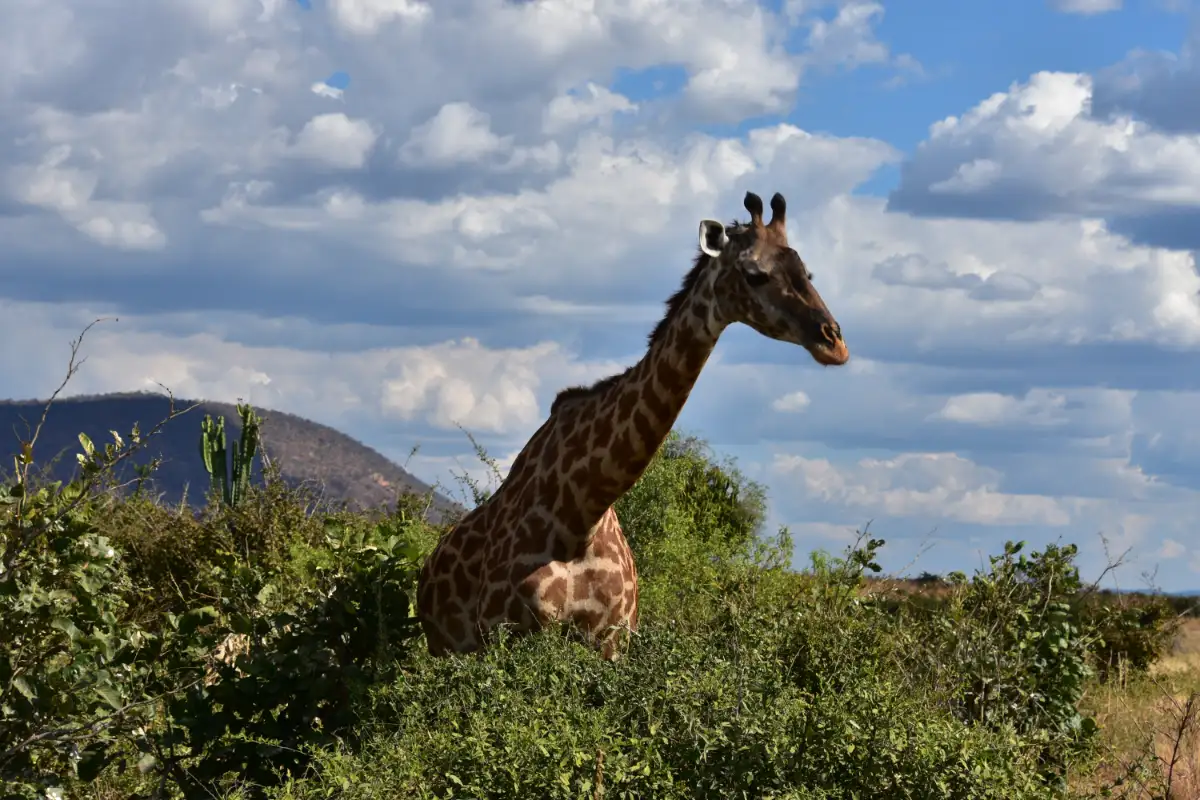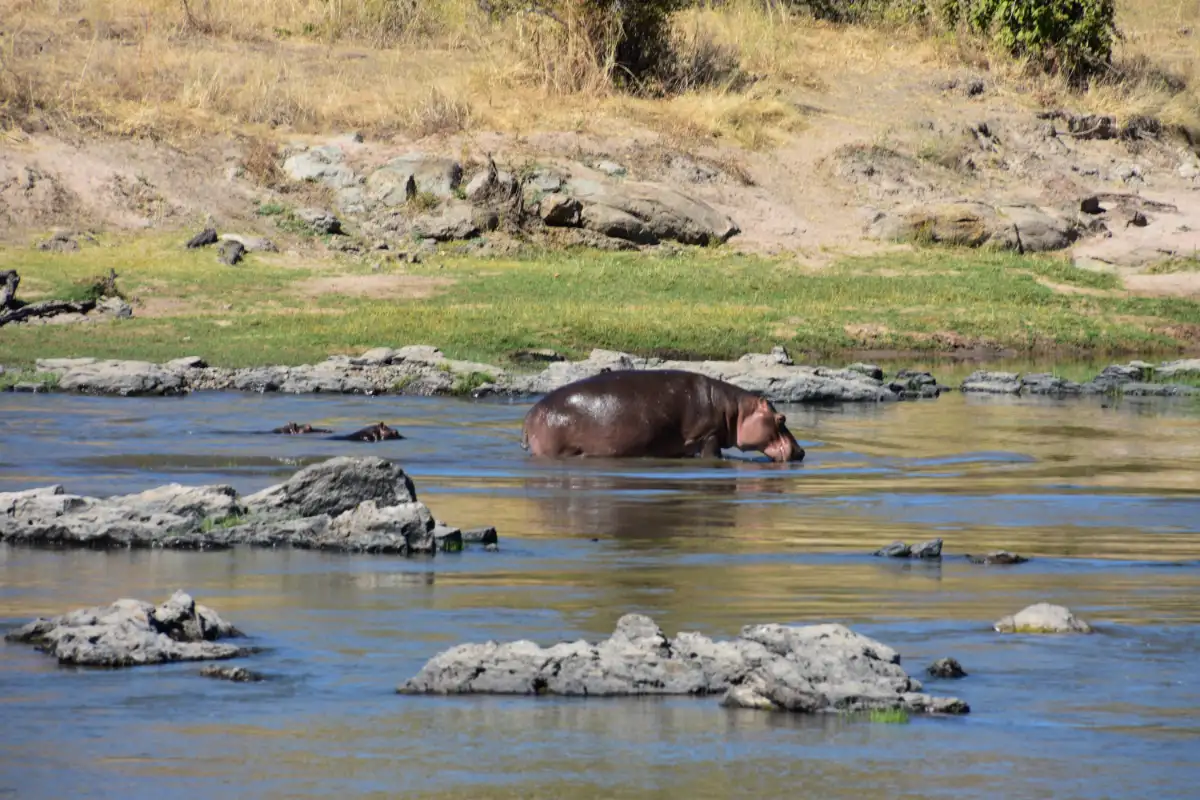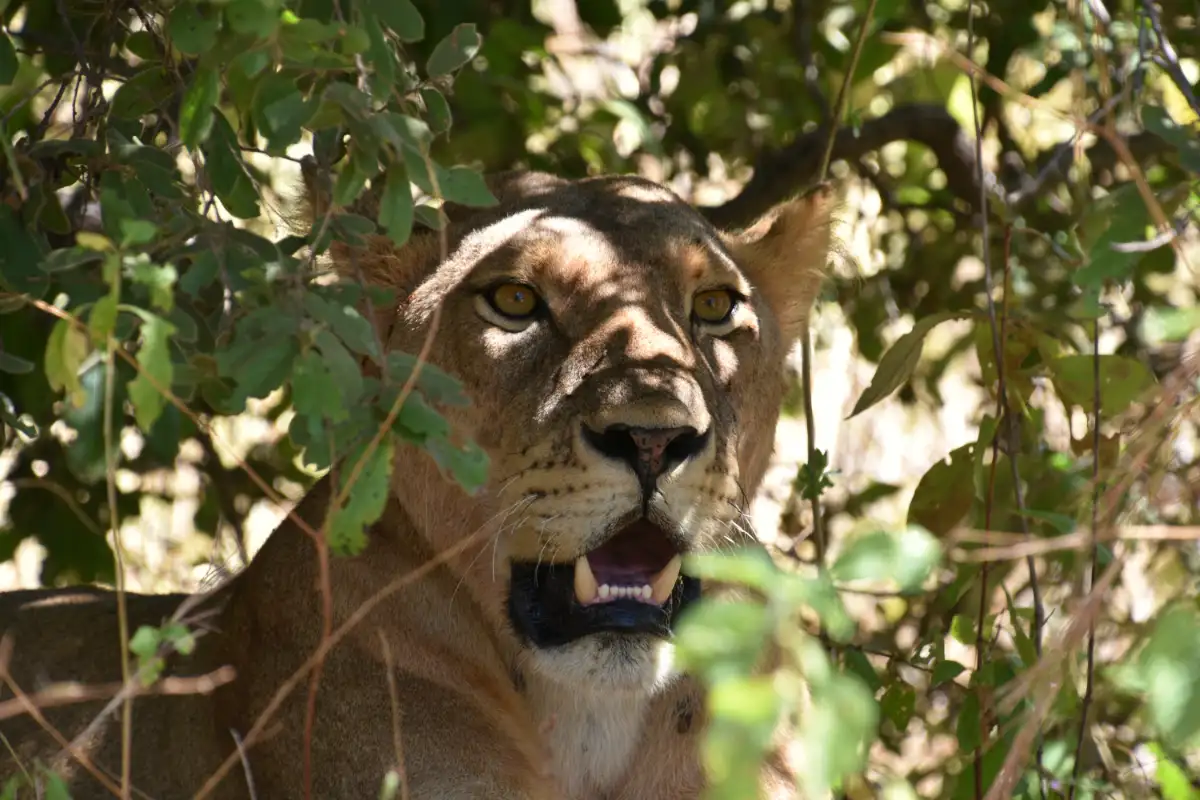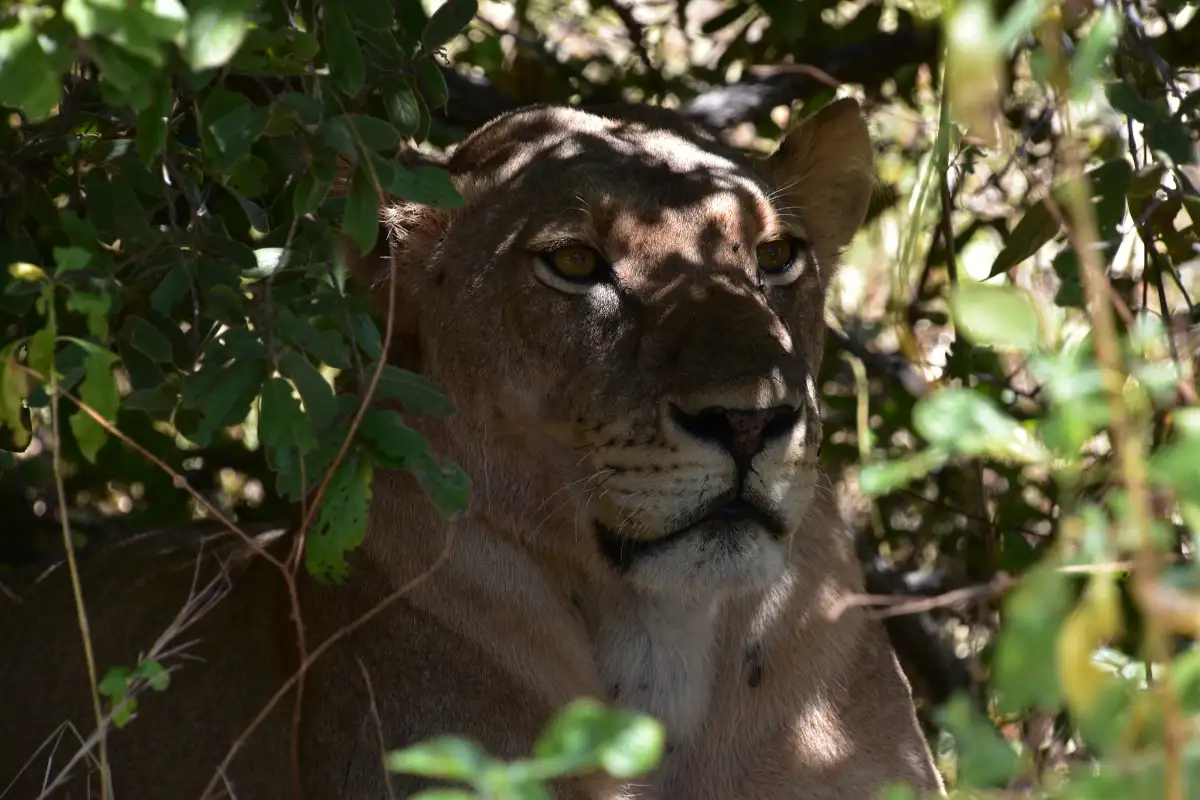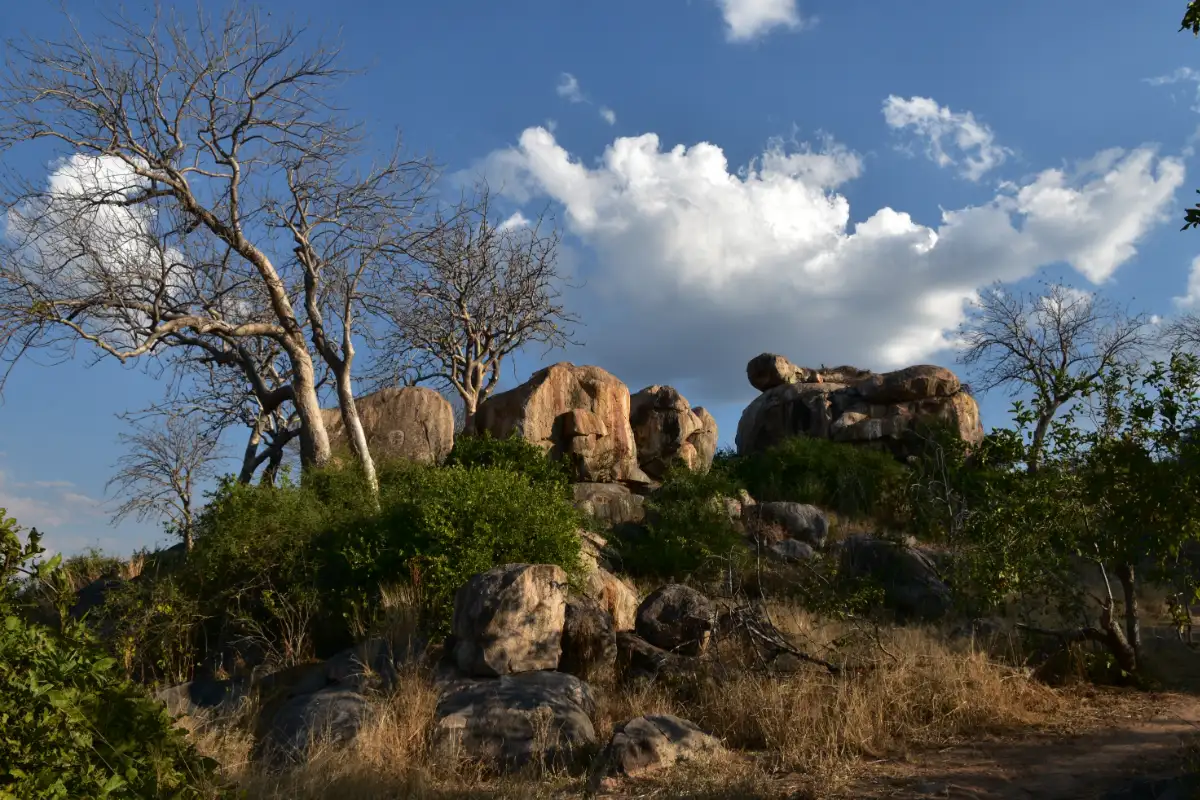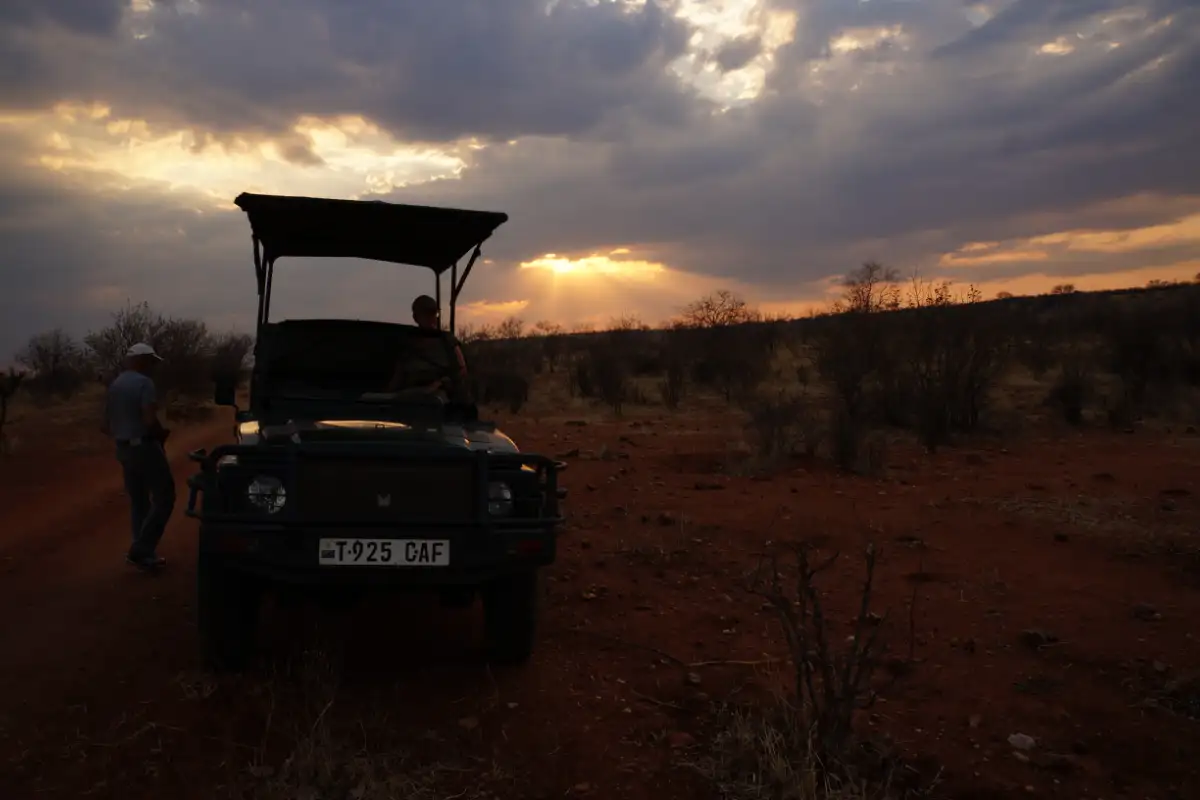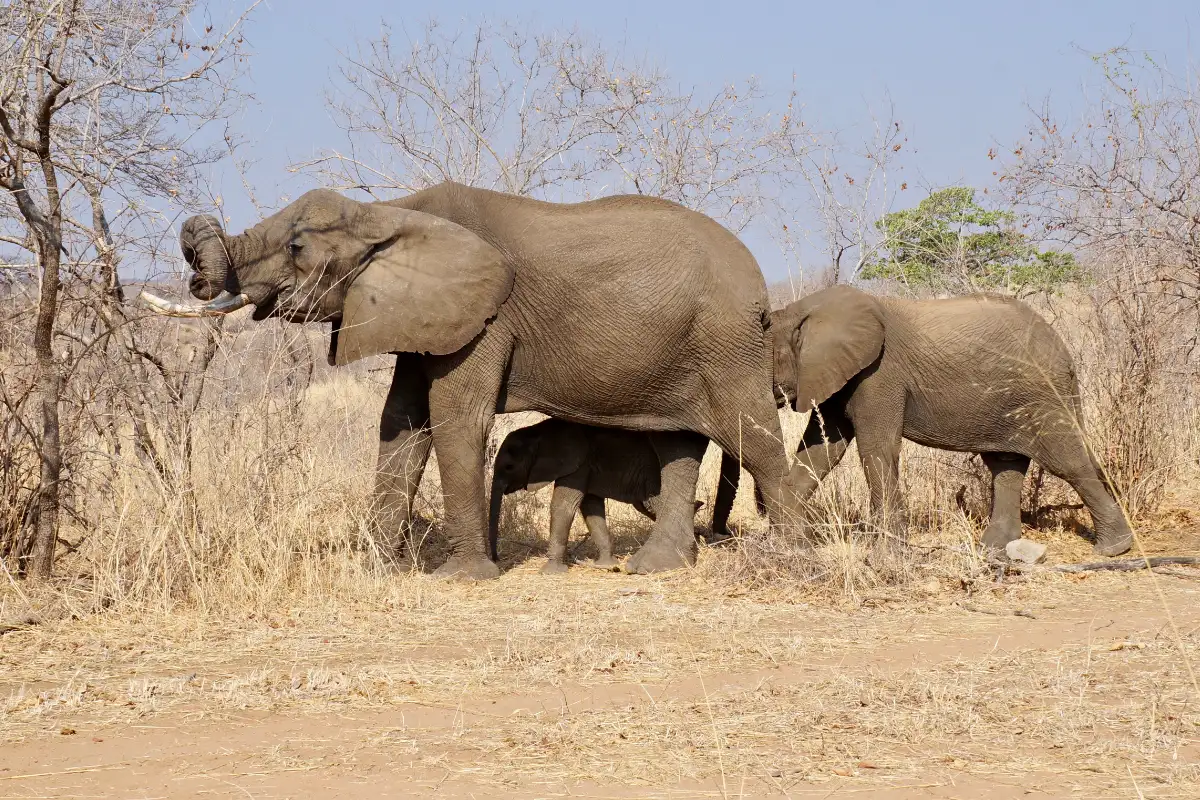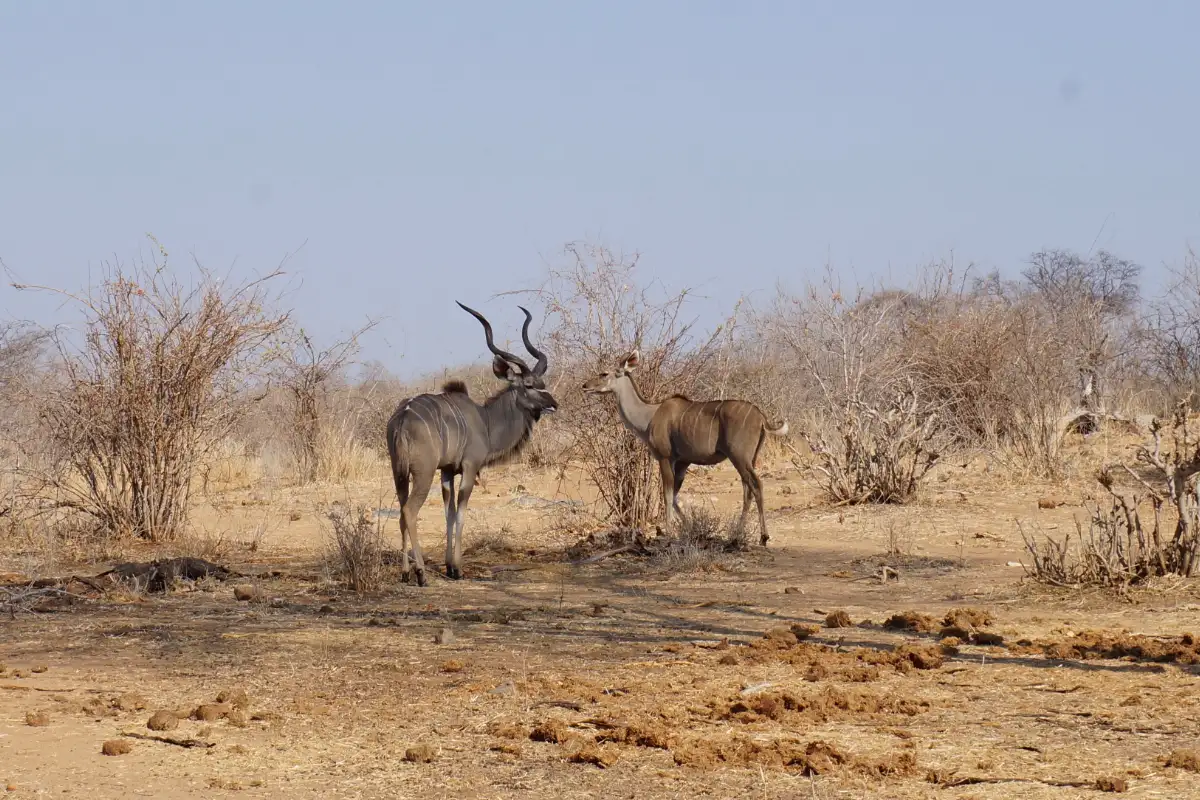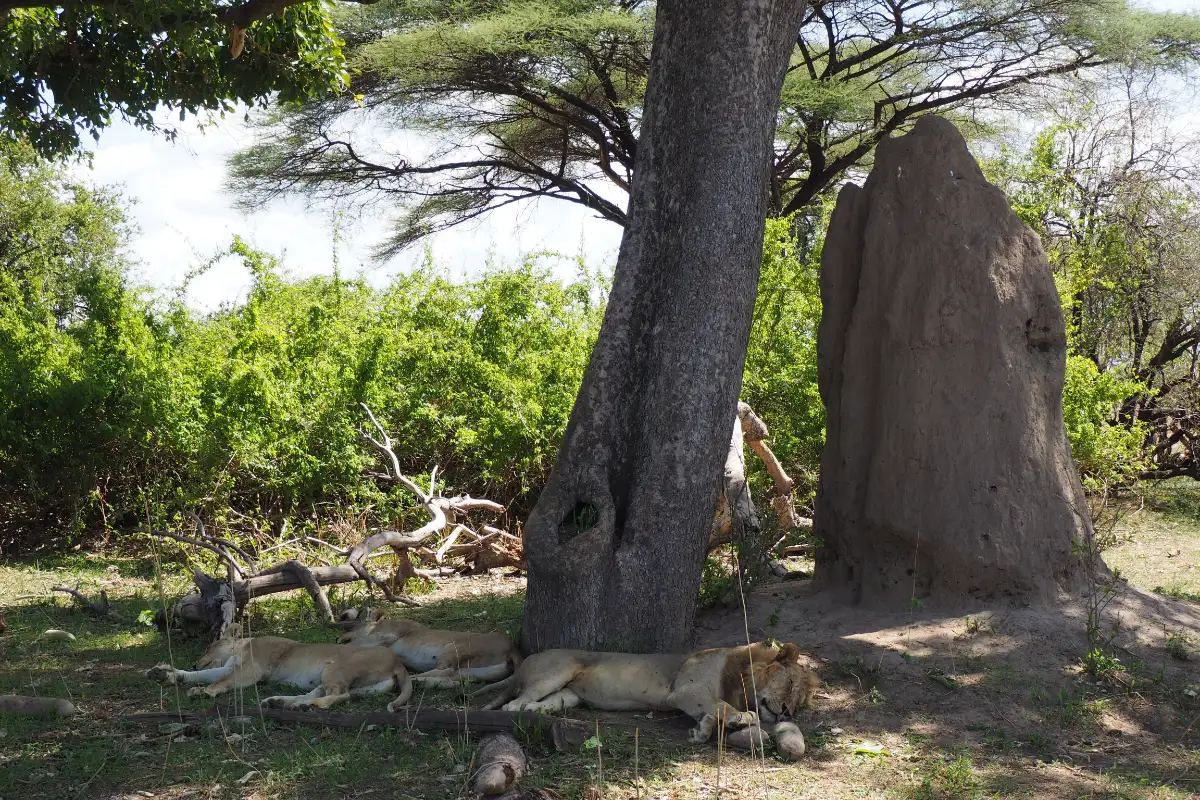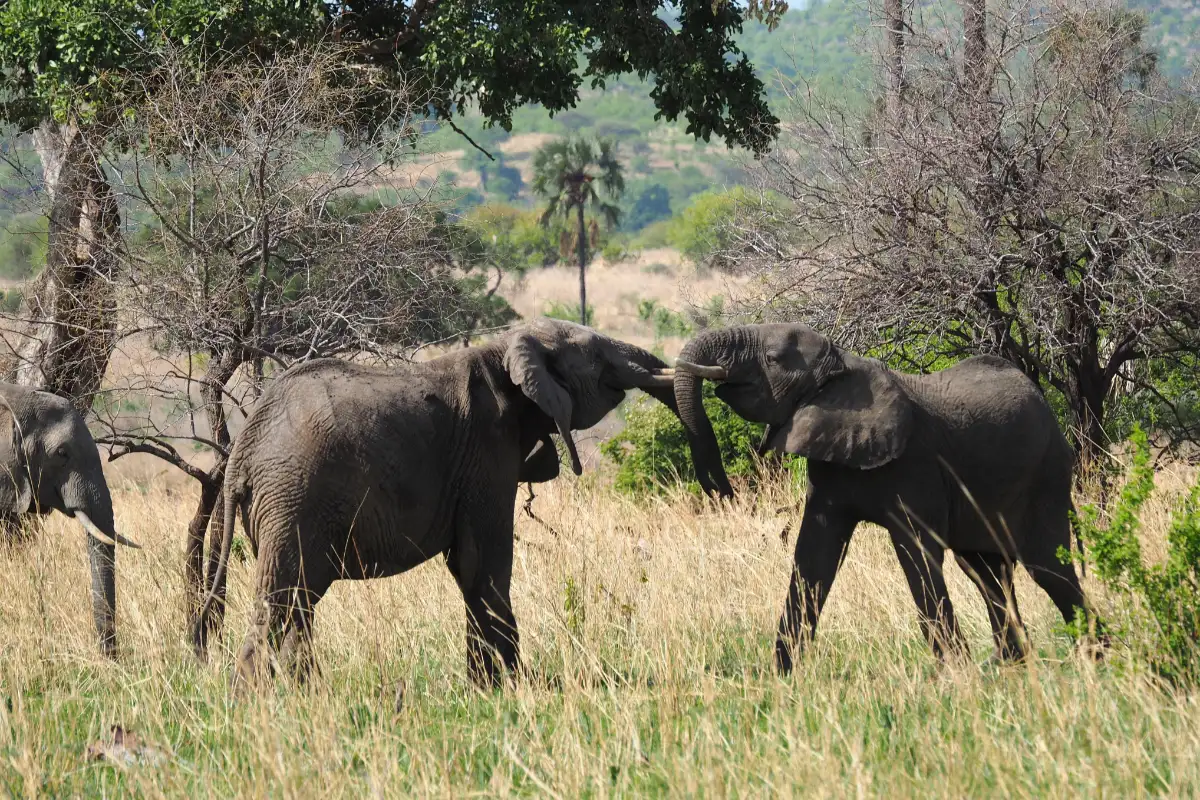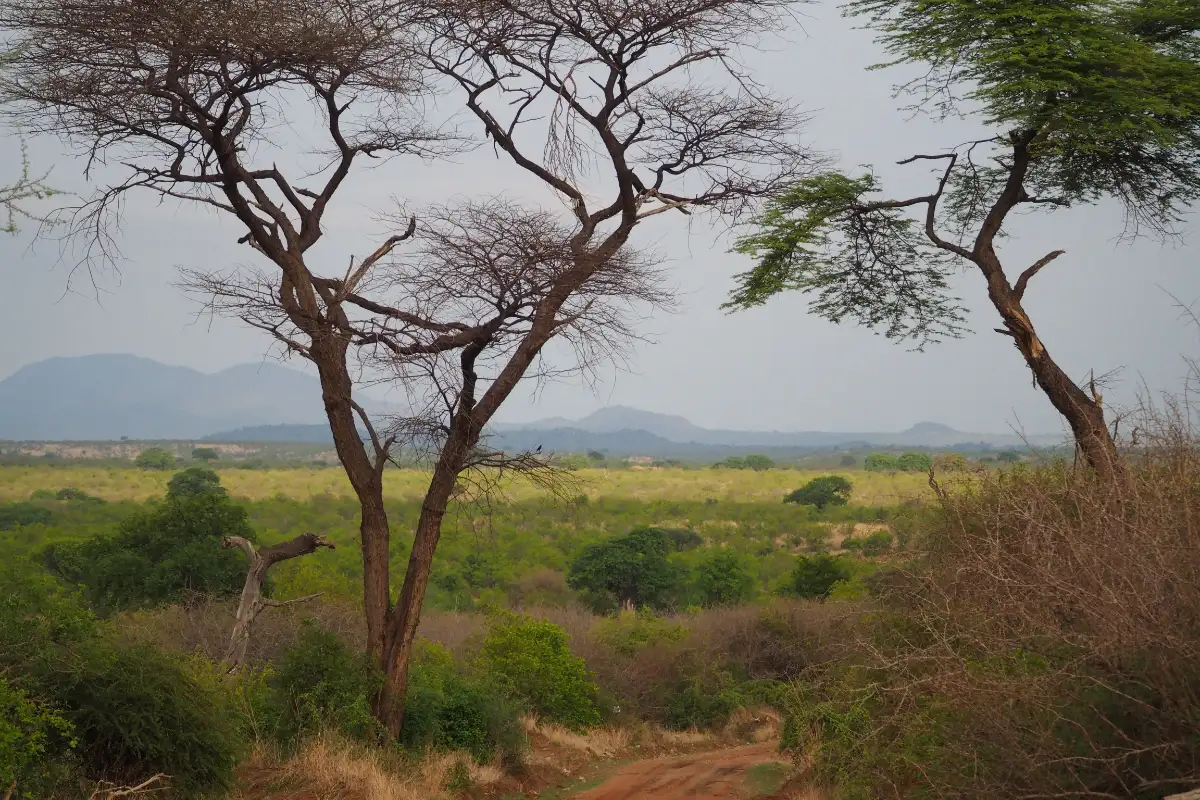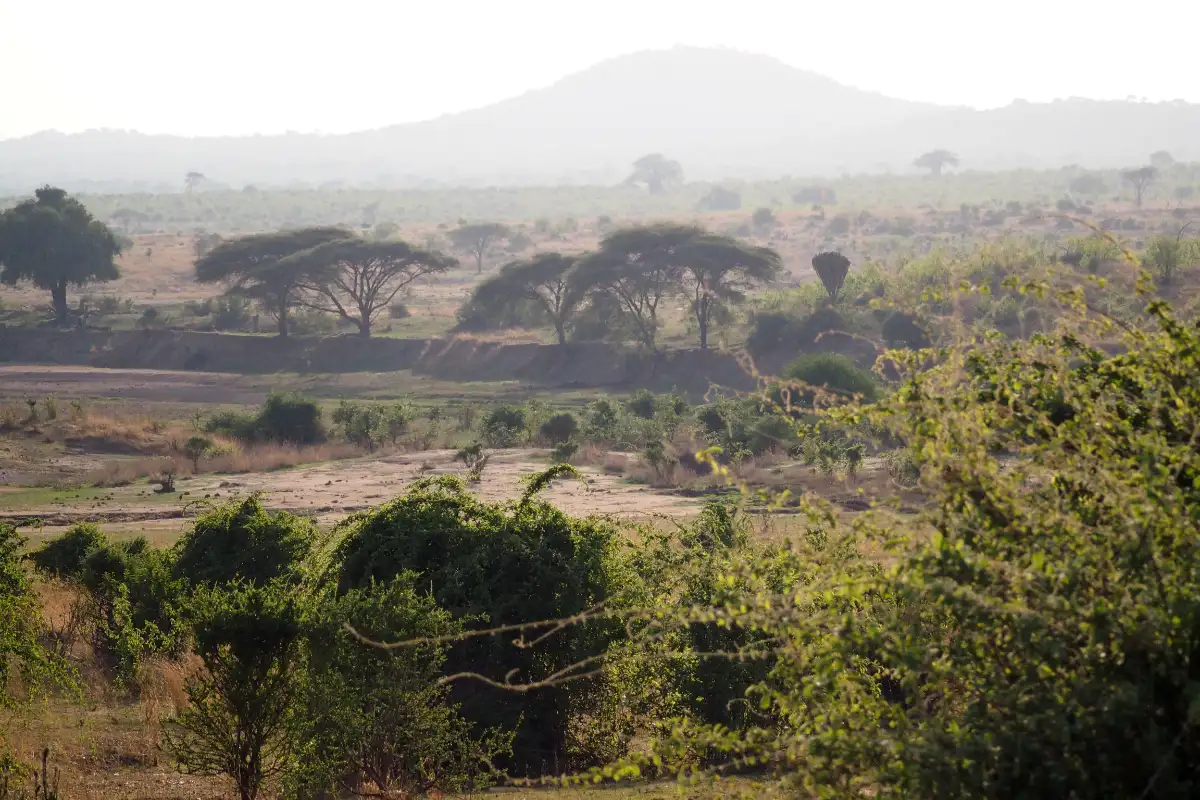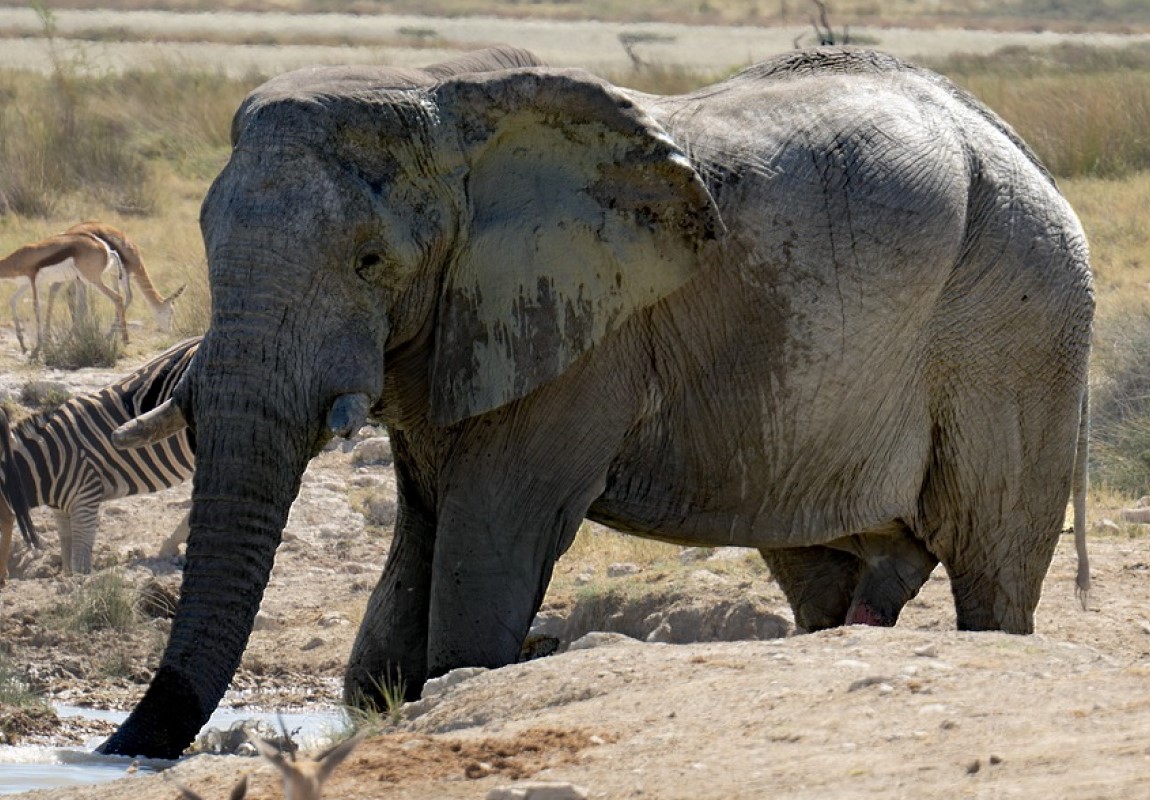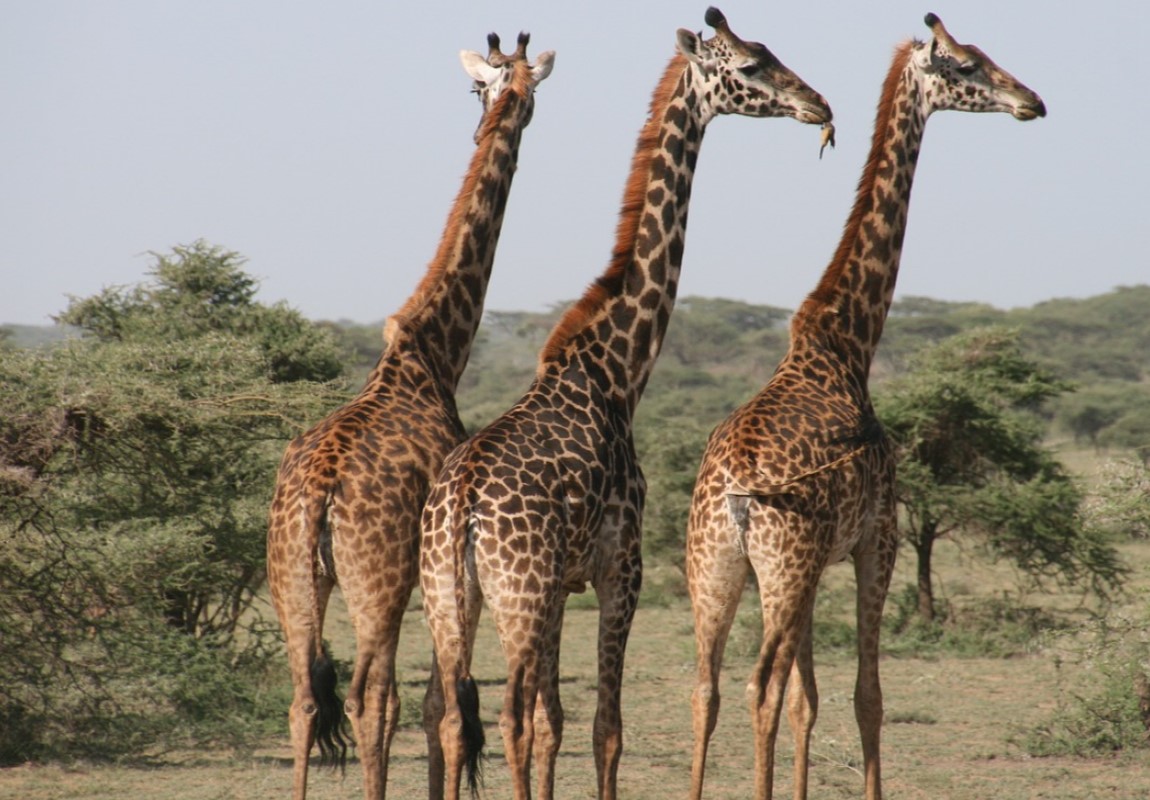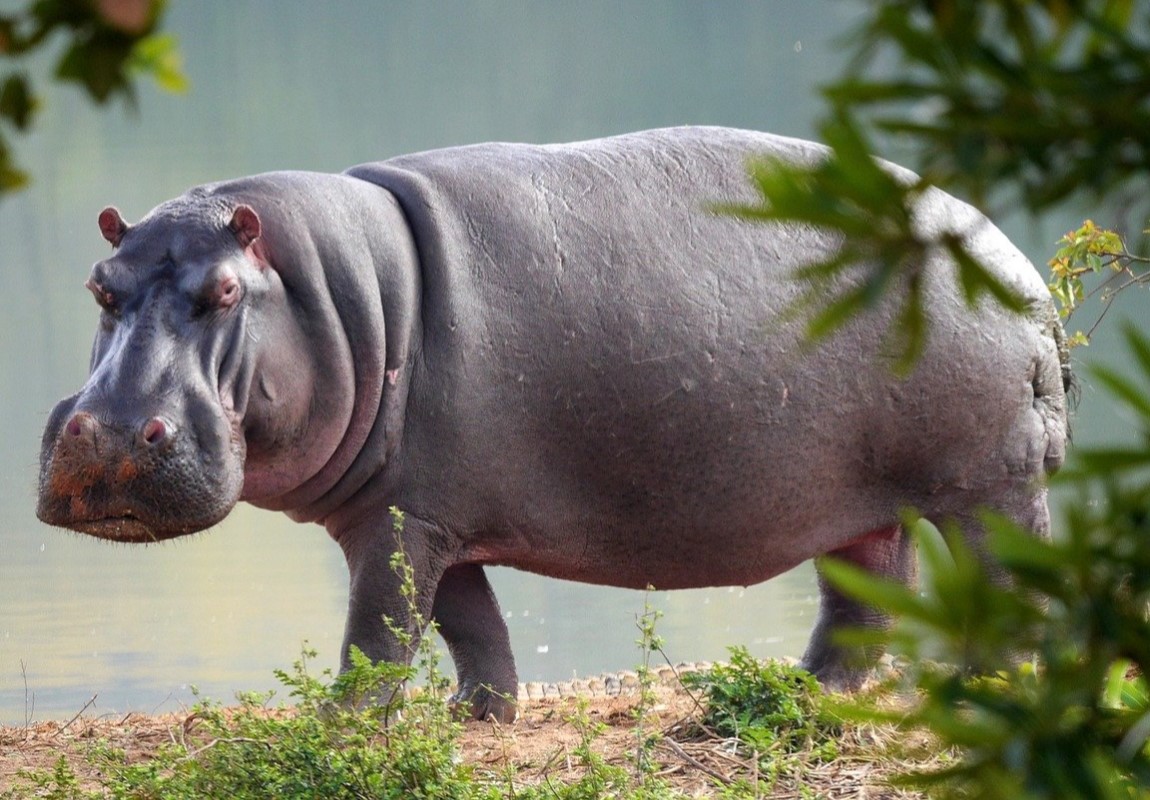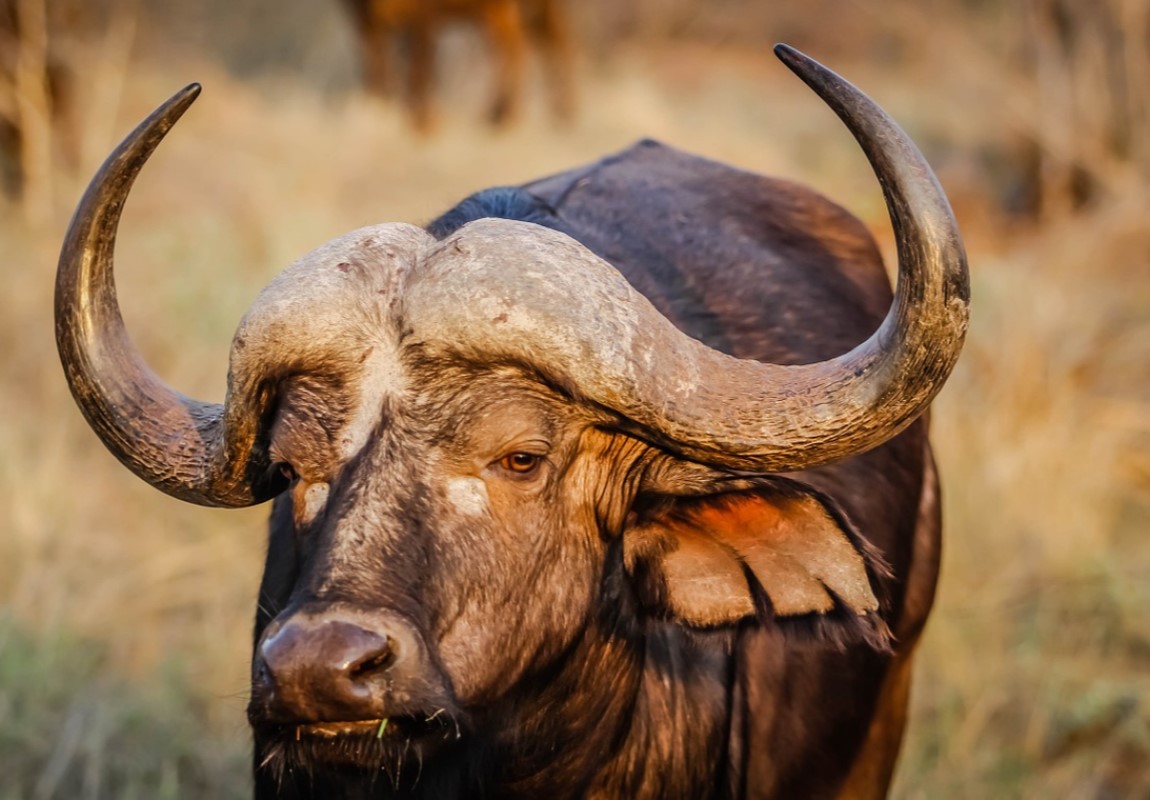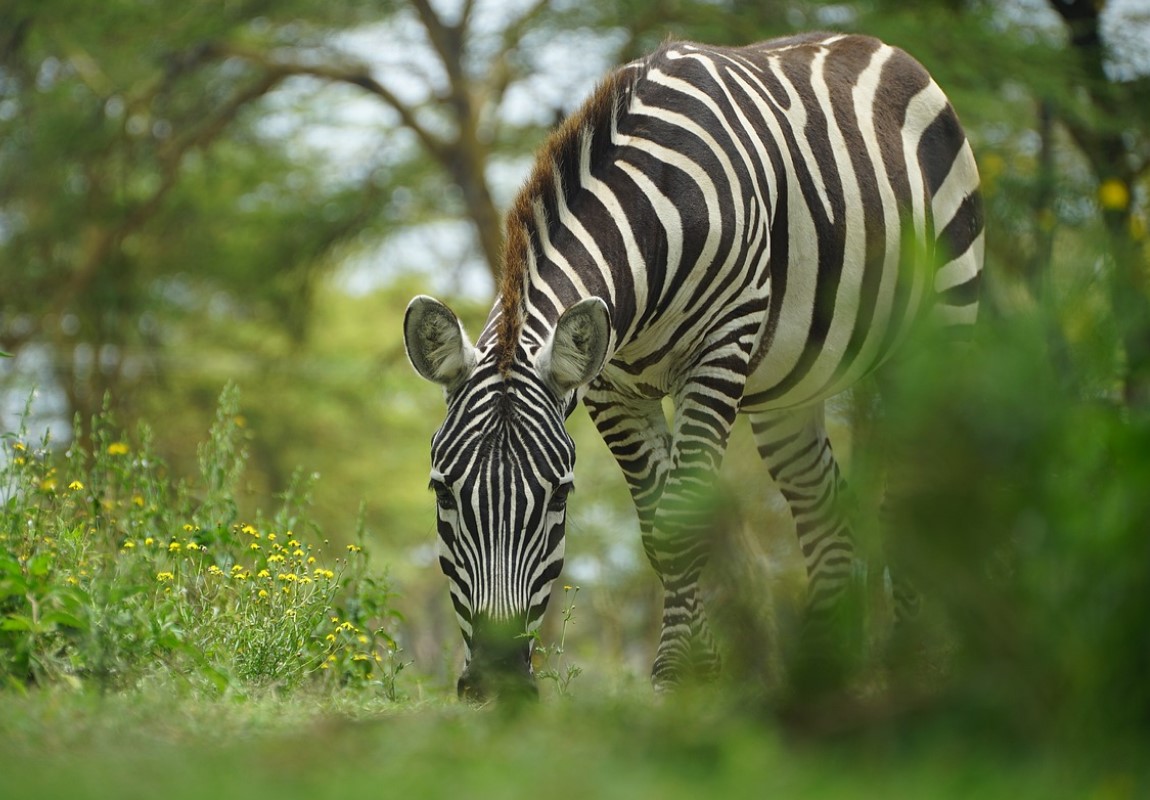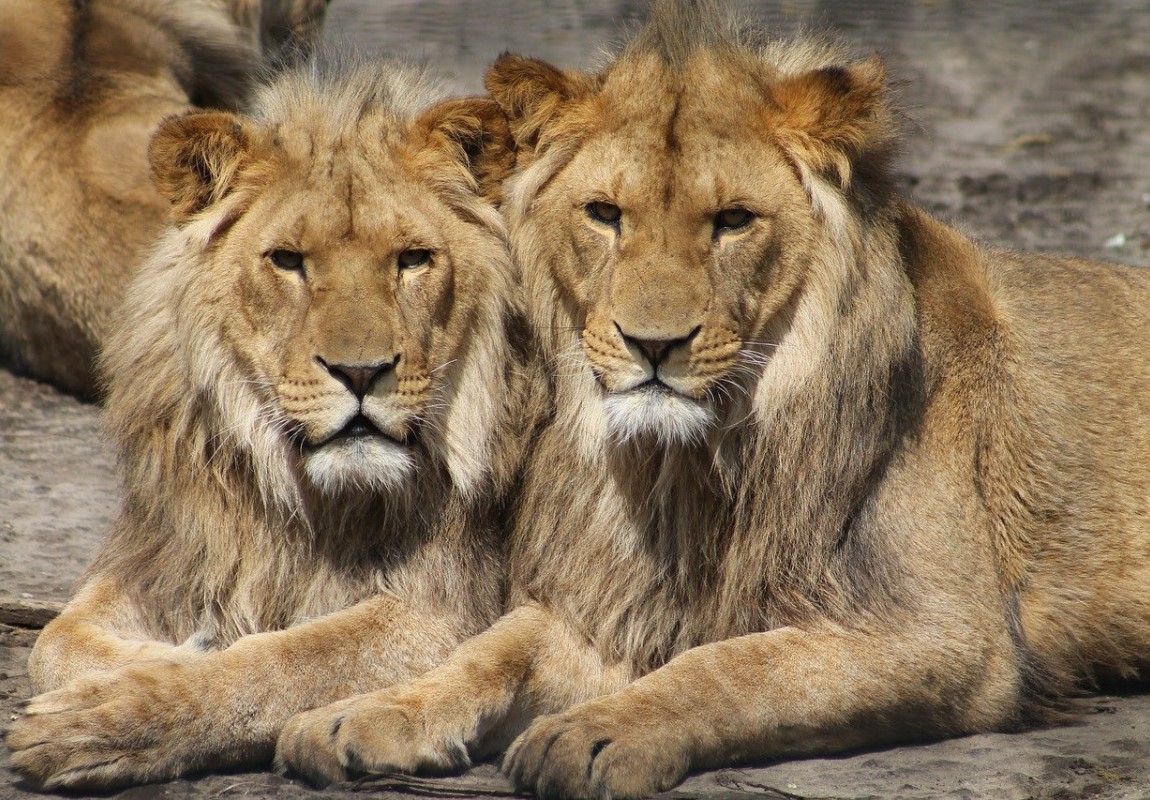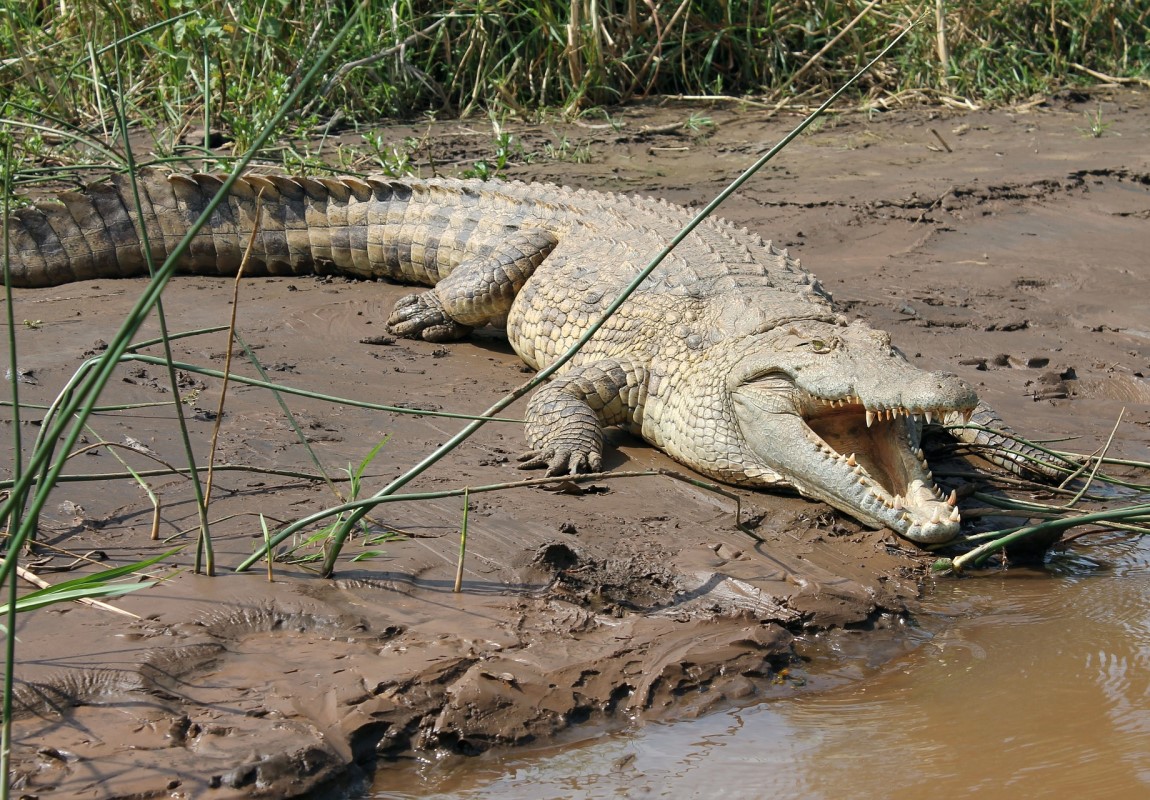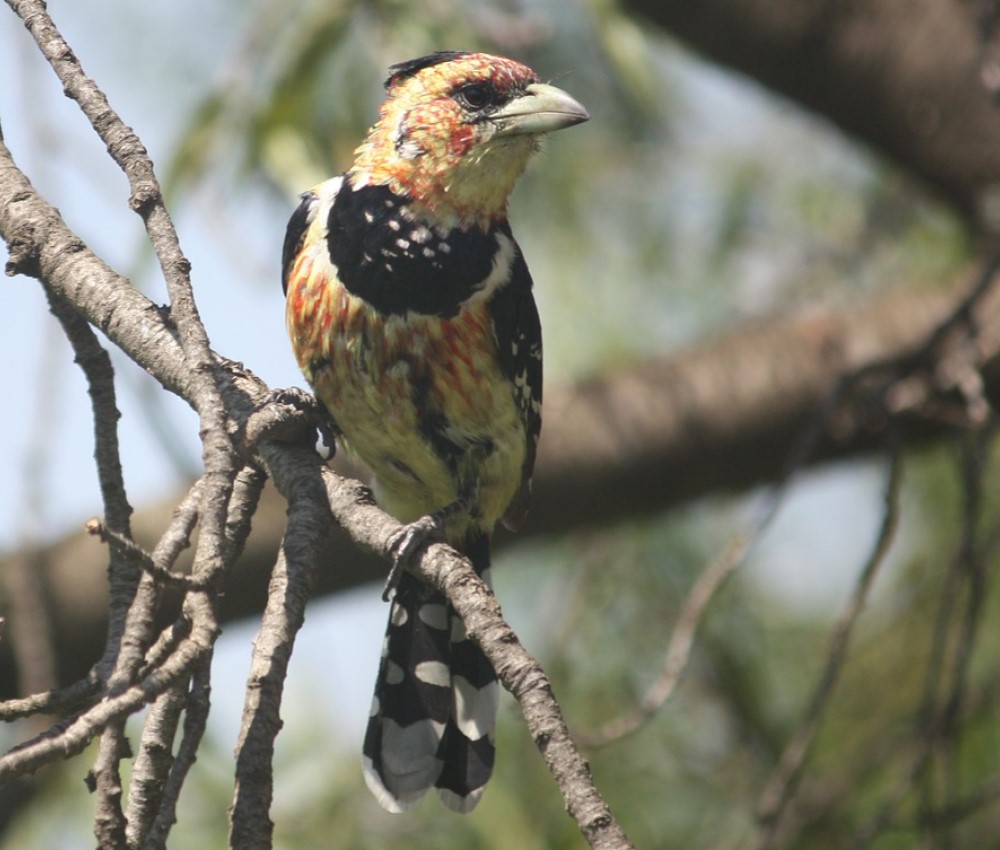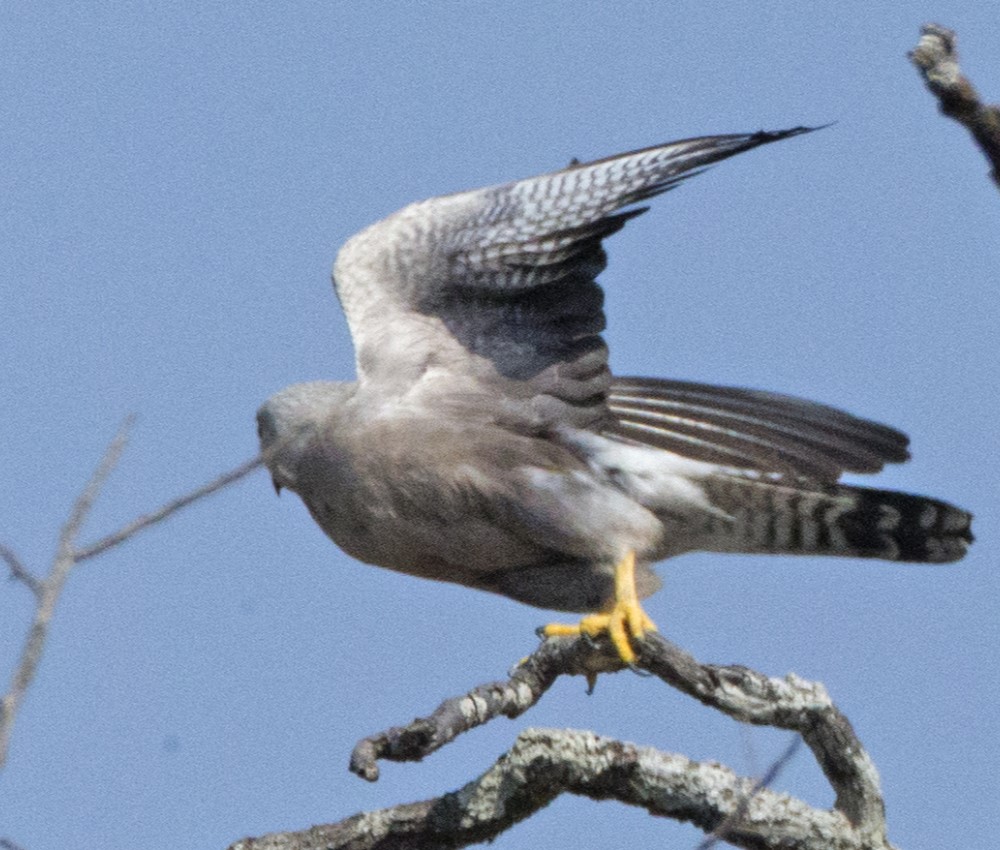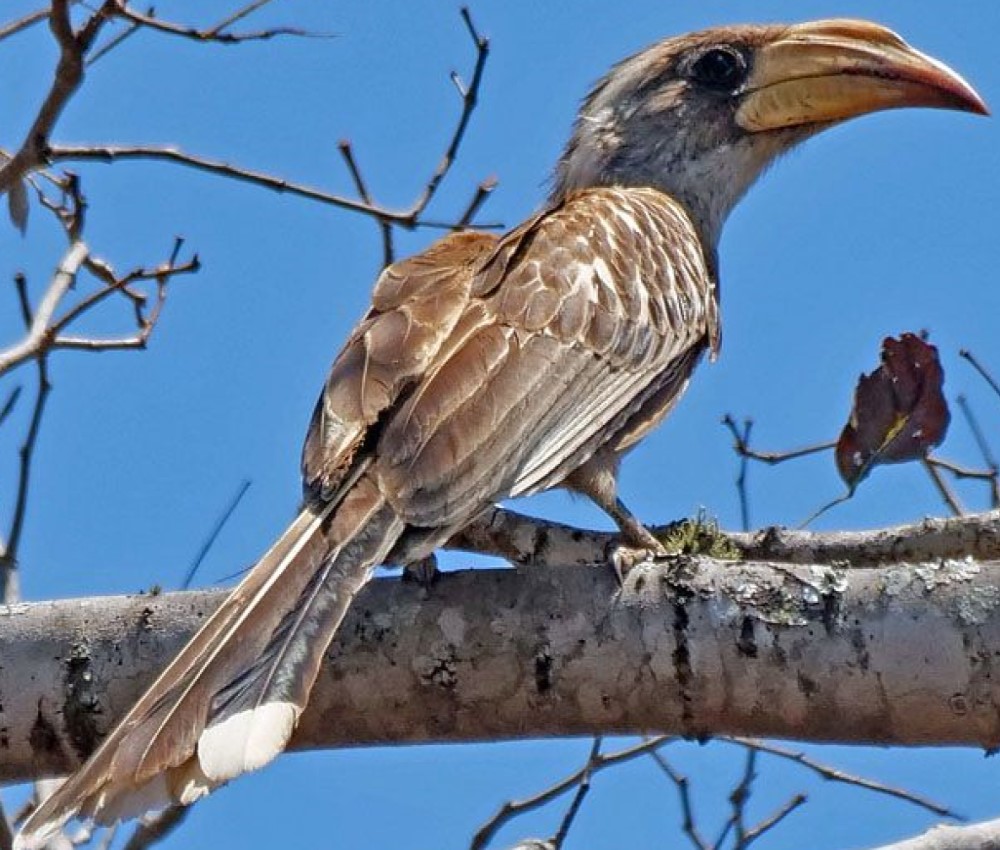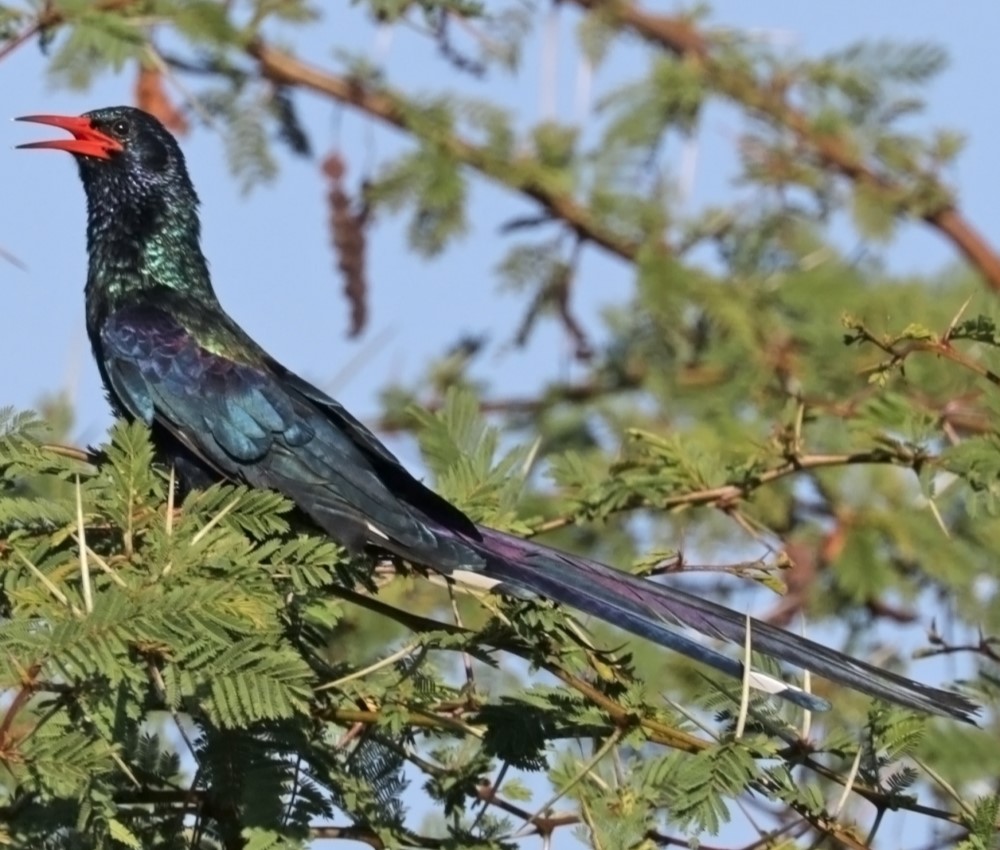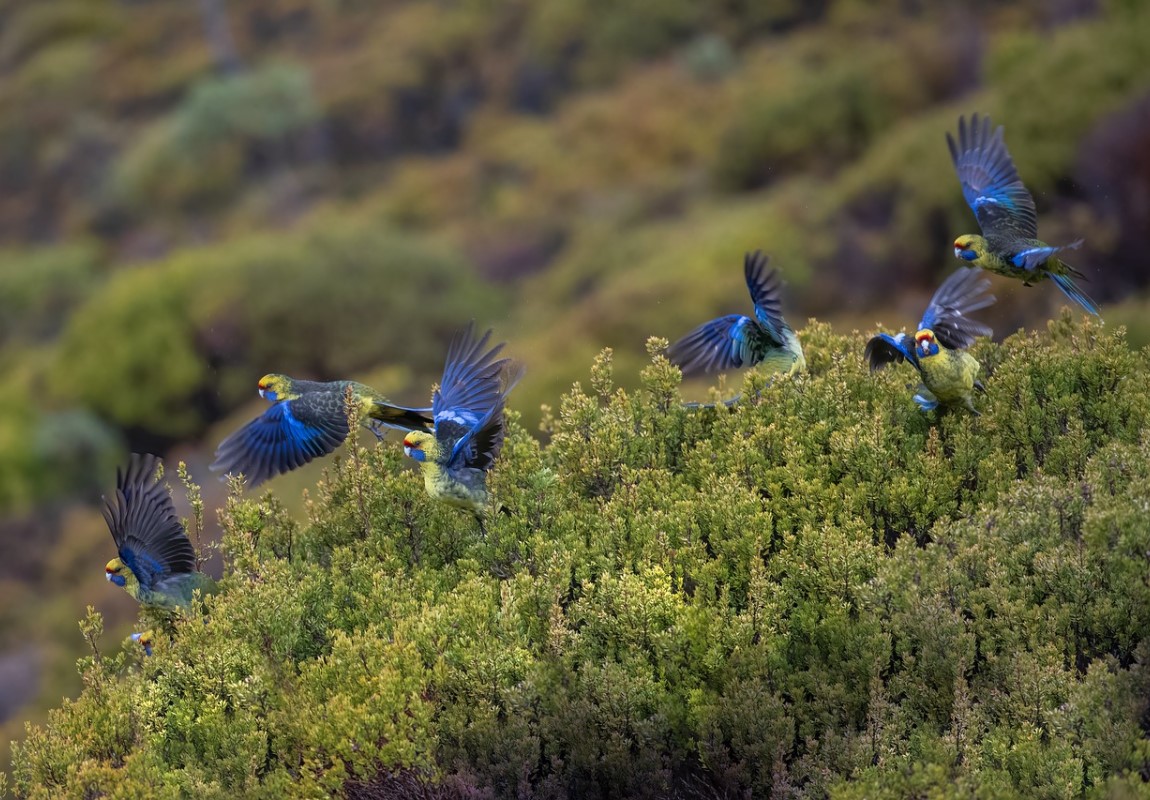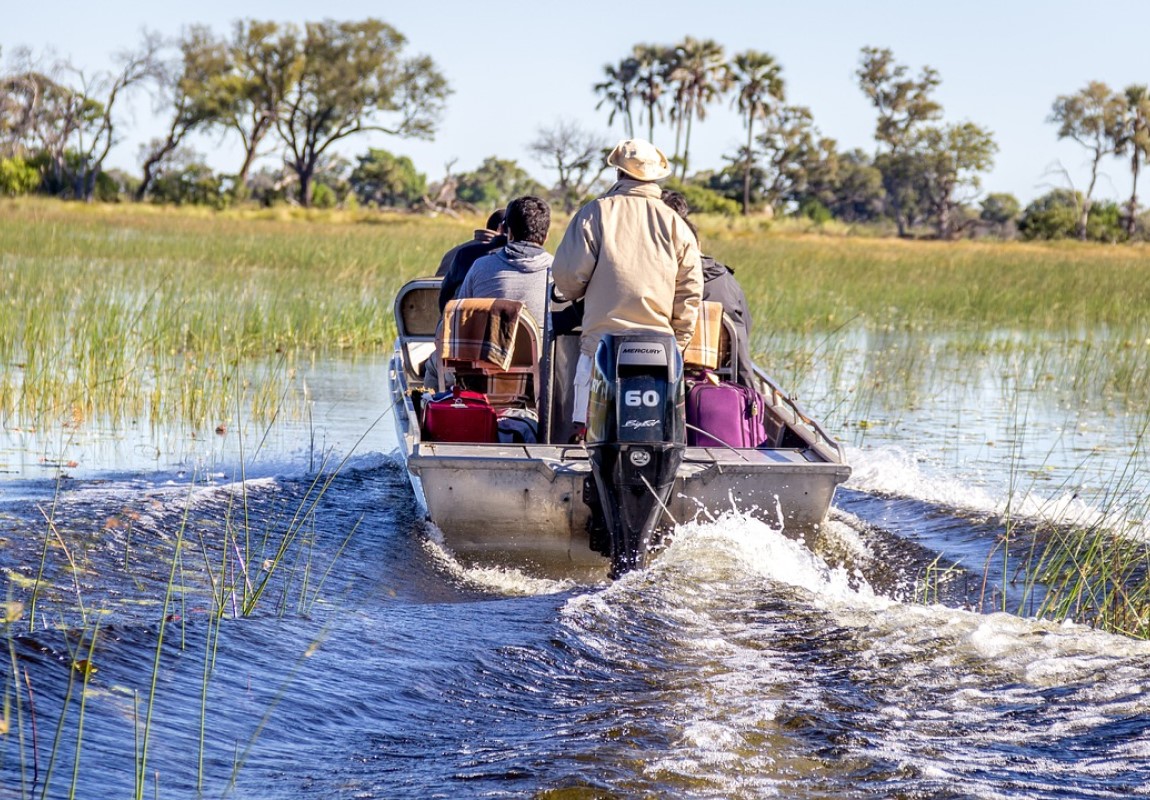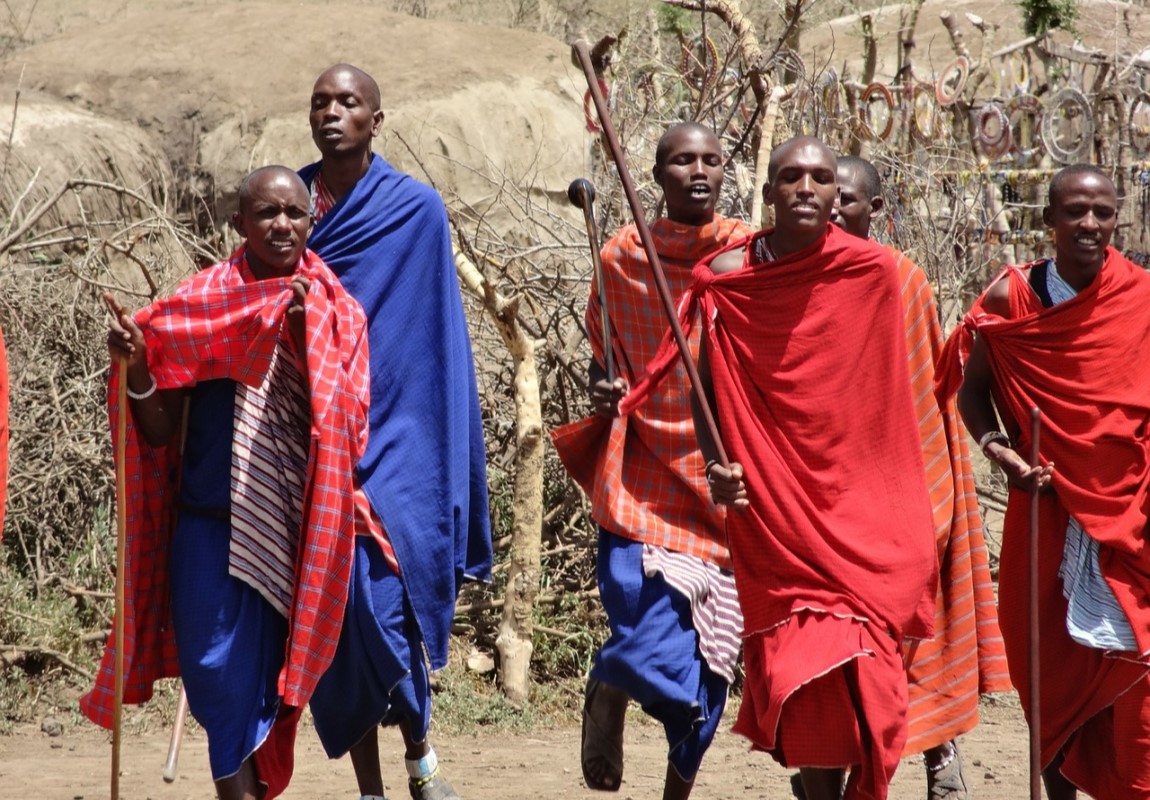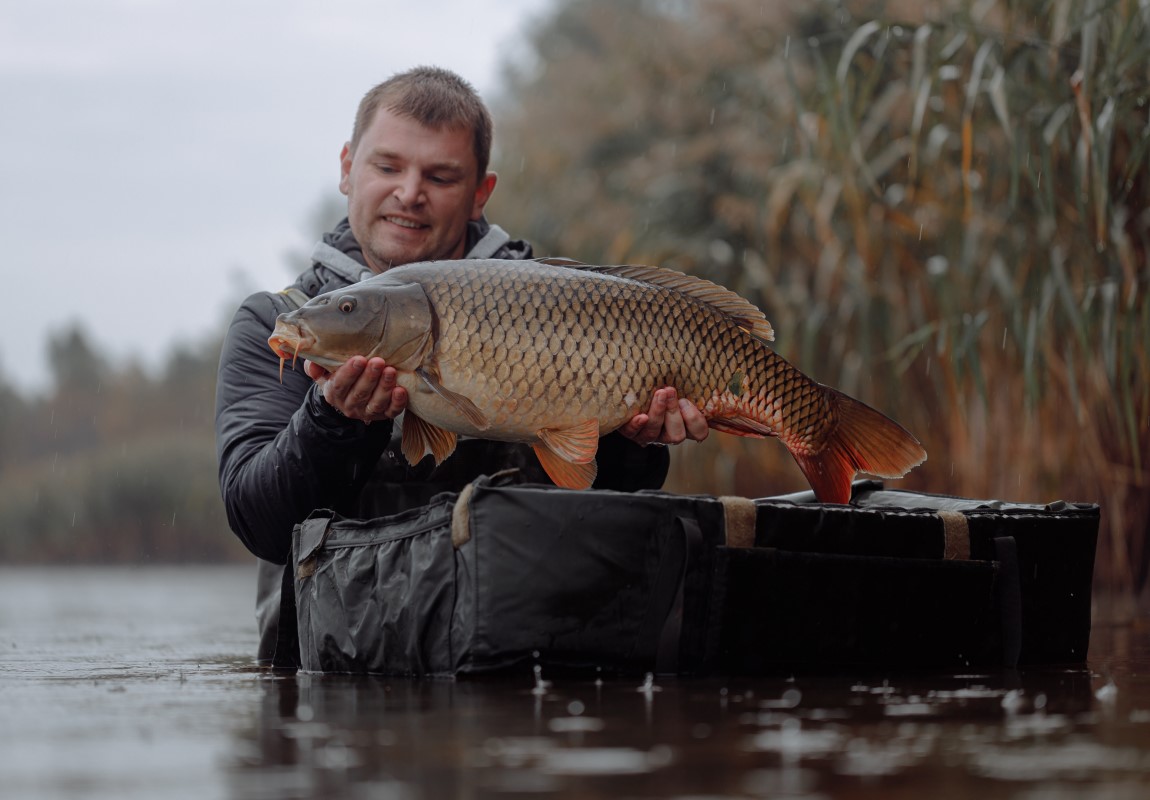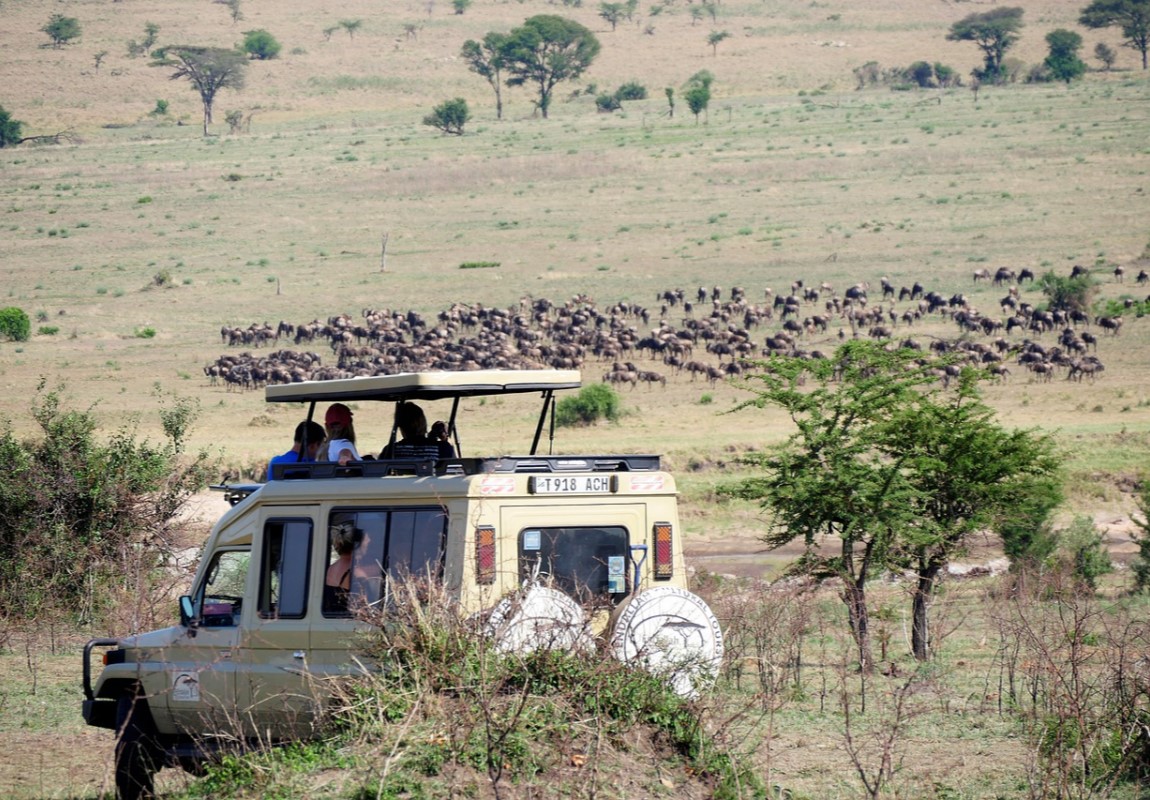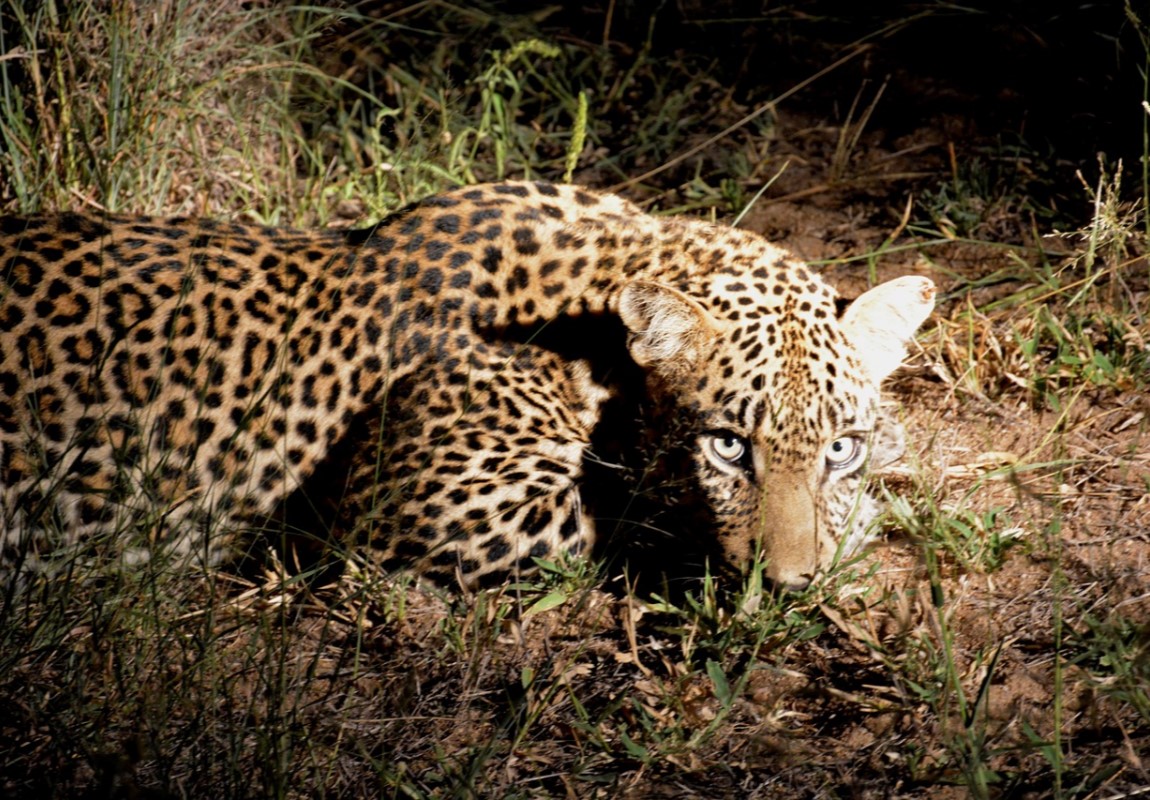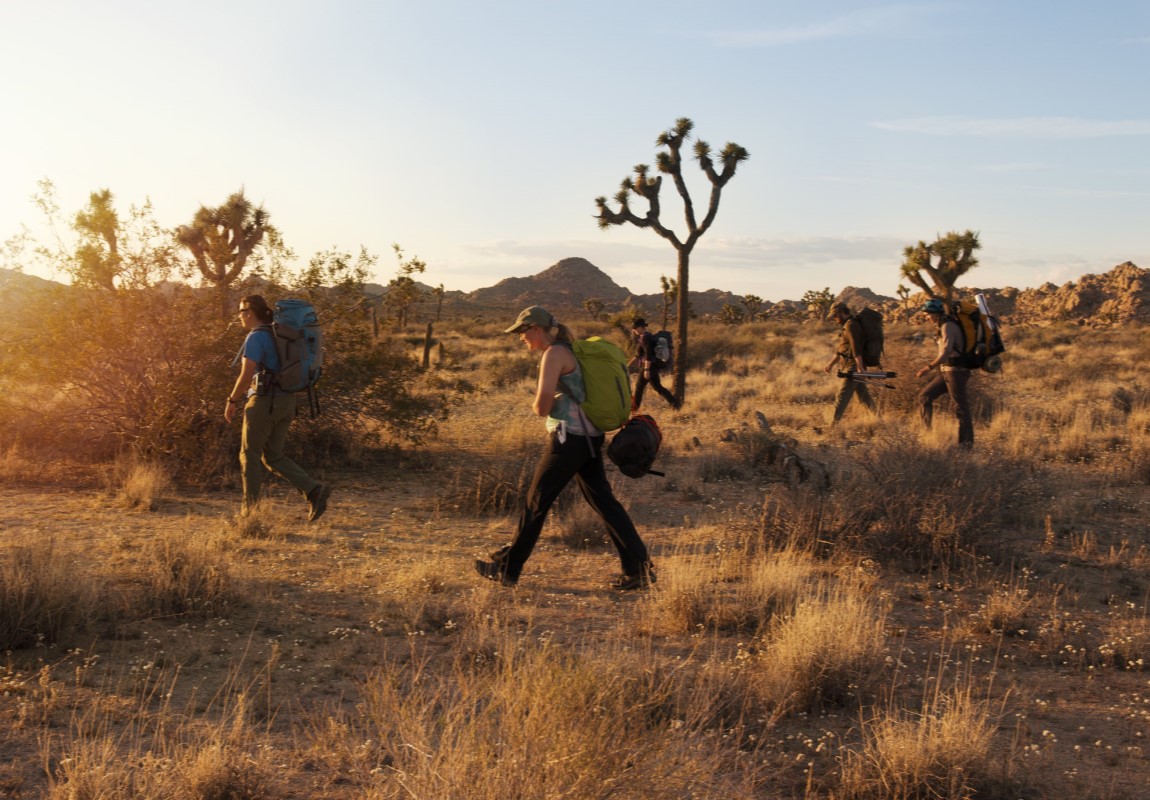Starting from
$550PP
Overview
Ruaha is more remote and much wilder than the Selous Game reserve, additionally in the south of the country. There are three primary regions for safari travellers to explore. The Ruaha River region is the most stunning with Mdonya forests and the Mbage-Mwagusi circuit. Ngalambulwa Mountain is the tallest point in the park reaching a summit of 5,250 feet (1,600 m). The biggest collection of elephants is situated here in Ruaha compared to elsewhere in Tanzania. Also, there is just about an assurance that safari-goers will see Great Kudu in view of their populace. Ruaha is additionally a bird lover's heaven with more than 570 types of birds found inside the park. The park offers hides and tree houses which are arranged in places that give magnificent perspectives on the watering spots most visited by wildlife.
Pros & Cons
- The dry season is the best time to visit for the wildlife viewing experience
- Guided walks are available
- High numbers of predators including lion, leopard, cheetah
- Wild dogs are most commonly sighted, third-largest in the world
- Herbivores species such as eland, giraffe, roan antelope, spiral-horned kudu and warthogs can be spotted easily
- Very exclusive and it doesn't get crowded
- Balloon safaris from mid-June to October
- Animals are dispersed during the Wet season
- Relatively remote and there are very few budget options
- Most lodges are closed from March to May
Map in Tanzania
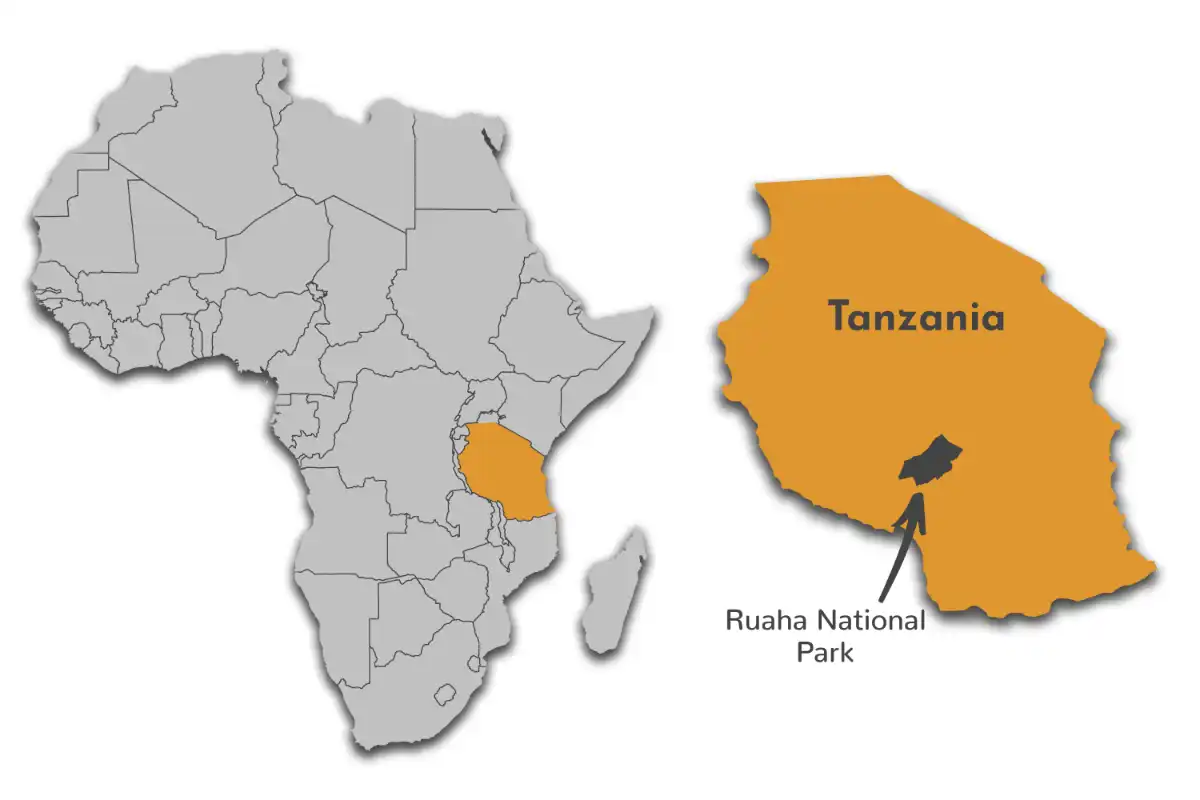
Want to Visit Ruaha National Park?
Gallery Images
Explore the stunning beauty of Ruaha National Park through our curated collection of photographs showcasing its landscapes, wildlife, and natural wonders.
Want to Visit Ruaha National Park?
Wildlife & Animals
The park has a huge elephant population that has kept on thriving regardless of the danger of poaching. Until now, around 10,000 elephants are dwelling within its boundaries. Roughly 20,000 zebras call the Ruaha National Park home. The park is also overflowing with herbivores species like eland, giraffe, roan pronghorn, twisting horned kudu and warthogs. Ruaha National Park is home to a variety of other mammals including large pride of lions, cheetahs, buffalo, zebras and giraffes and a variety of reptiles including crocodiles, agama lizards and both poisonous and non-poisonous snakes.
Wildlife Highlights
Wild dogs are the key attraction point in Ruaha National park which consists the third-largest population in the world. Ruaha is likewise home to the largest population of more prominent kudu in East Africa. Other rare impala species that can be seen here include lesser kudu, roan and sable gazelle.
Best Time for Wildlife Viewing
The best time to visit for Wildlife experiences is in the Dry Season from June to October. Wildlife is simpler to spot since vegetation is more slender and animals assemble around predictable water sources. The male greater kudu is generally noticeable in June, the breeding season. The best time to see wild dogs are during their denning season, from June to August.
Want to Visit Ruaha National Park?
Birds
Ruaha is an optimal location for bird lovers and is home to 570 bird species. This number can be increased during the wet season which is from November to April. Some extraordinary spots could incorporate kingfishers, bee-eaters, raptors, pale-billed hornbills and racquet-tailed rollers. This is likewise home to the uncommon Eleonora's Falcon during December and January.
Best Time for Birding
Ruaha can be visited year-round for birding, but at its best from November to April when the migratory birds from Europe and northern Africa are present, and many resident birds are in breeding plumage. This makes it the best time for bird watching. The best time to watch wildlife is during the Dry season, which is from June to October.
Want to Visit Ruaha National Park?
Best Time to Visit – Ruaha National Park
The best time to visit for Wildlife experiences is in the Dry Season from June to October. Wildlife is simpler to spot since vegetation is more slender and animals assemble around predictable water sources. The male greater kudu is generally noticeable in June, the breeding season. The best time to see wild dogs are during their denning season, from June to August.
May to October (Dry Season)
- Animals are easier to spot as they congregate near freshwater sources
- It rains very little and most days are radiant
- Fewer mosquitoes and less chance of catching malaria
- Humidity is lower, and the heat isn't overwhelming
- Residue and drought are normal
- Many accommodations are closed in May
November to April (Wet Season)
- Due to less crowd in this season, Pricing is very less to bring more travellers
- Birding is best as migratory birds are present
- The scenery is beautiful and at its most lush
- Roads become sloppy and difficult to travel
- Wildlife viewing isn't quite as great as during the Dry season
- Most of accommodation properties are closed from April to May
- Hotness and moistness can be a burden
Want to Visit Ruaha National Park?
Activities
Explore popular activities available in and around Ruaha National Park.
Want to Visit Ruaha National Park?
No FAQs available for this park yet.

 English
English French
French
